Direct Link to tutorial/solution:
Click here to view tutorial/solution in a new tab.
Embedded tutorial/solution:
46 STEPS
1. To create a new Automated Drip Email campaign, click Configuration
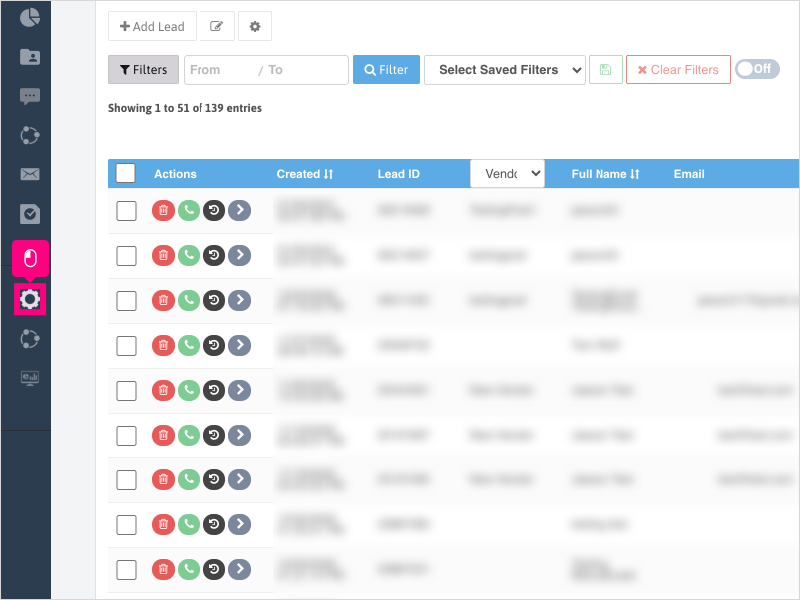
2. Click Marketing Automation
3. Click the Emails tab
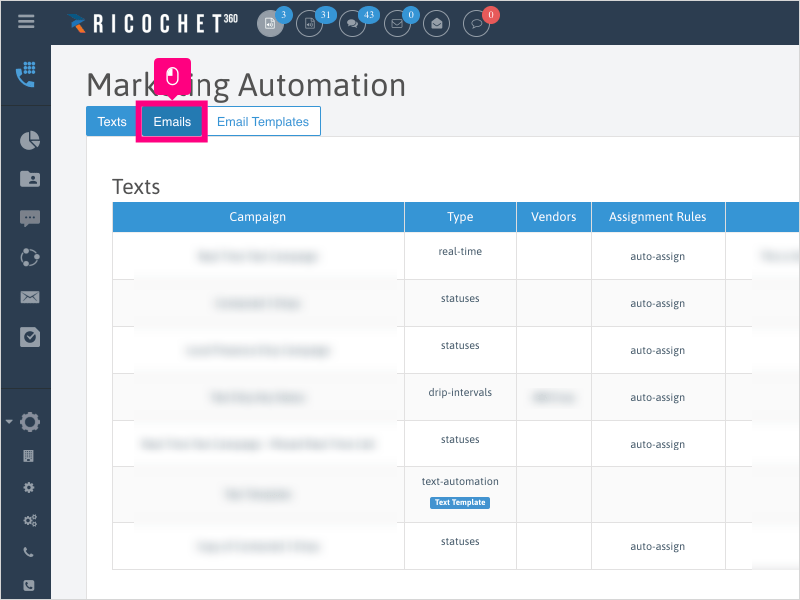
4. Click Create New Automation
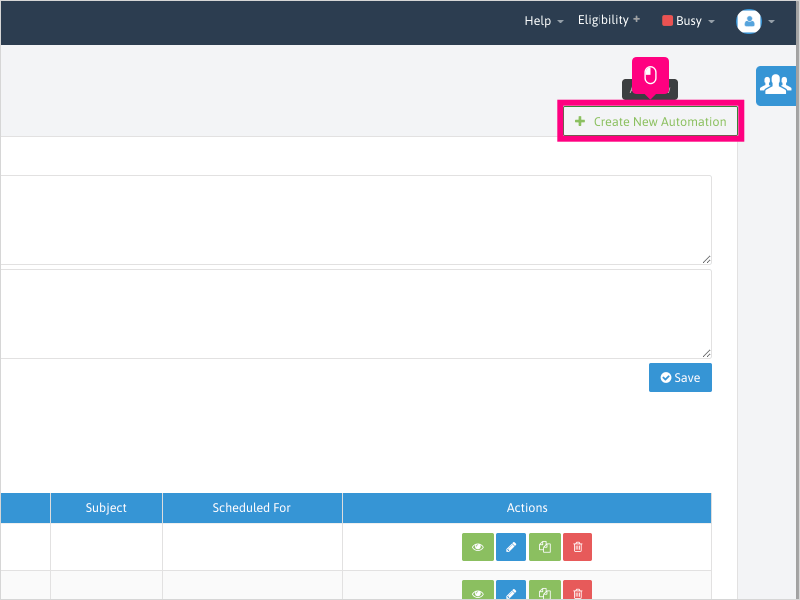
5. Click the dropdown to choose your automation type.
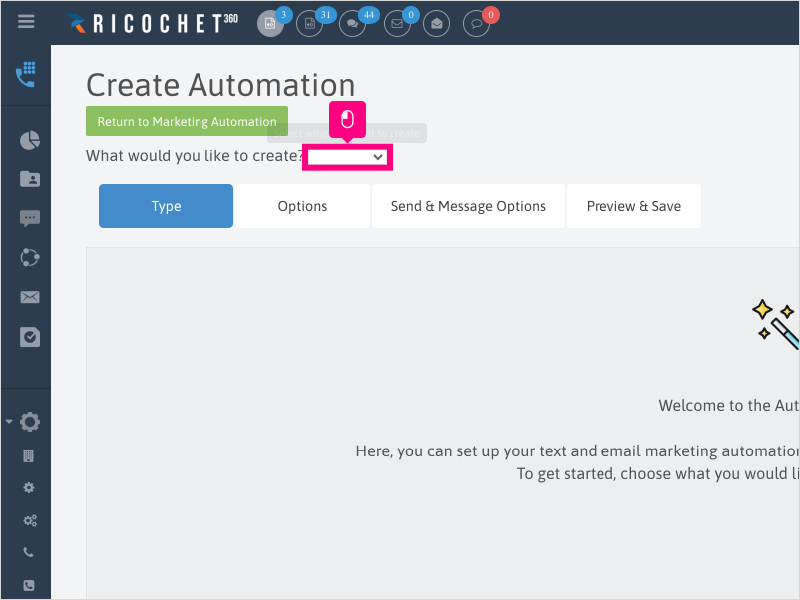
6. Select Email
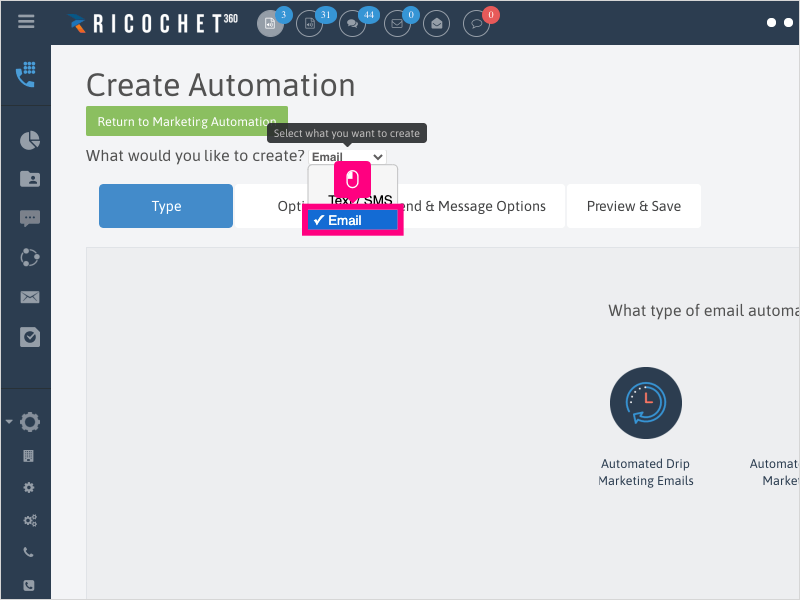
7. Click Automated Drip Marketing Emails
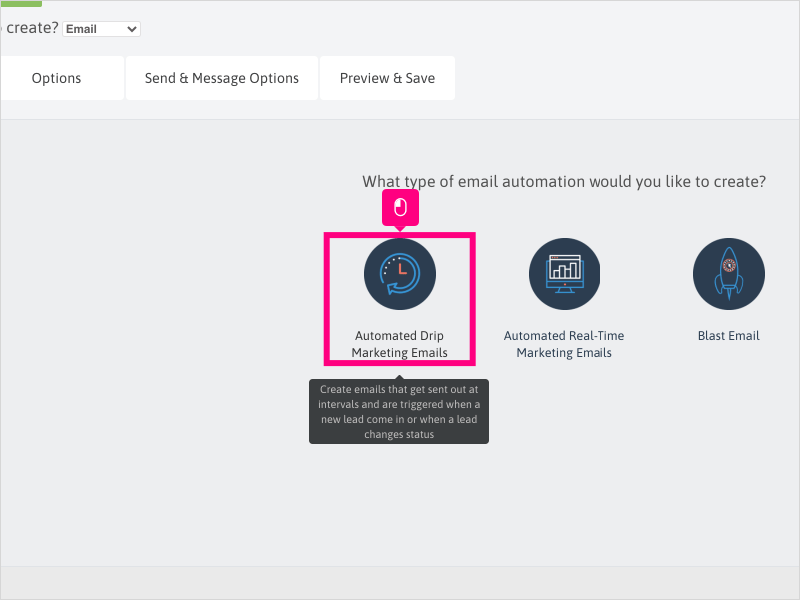
8. Click the dropdown for Assignment Rules.
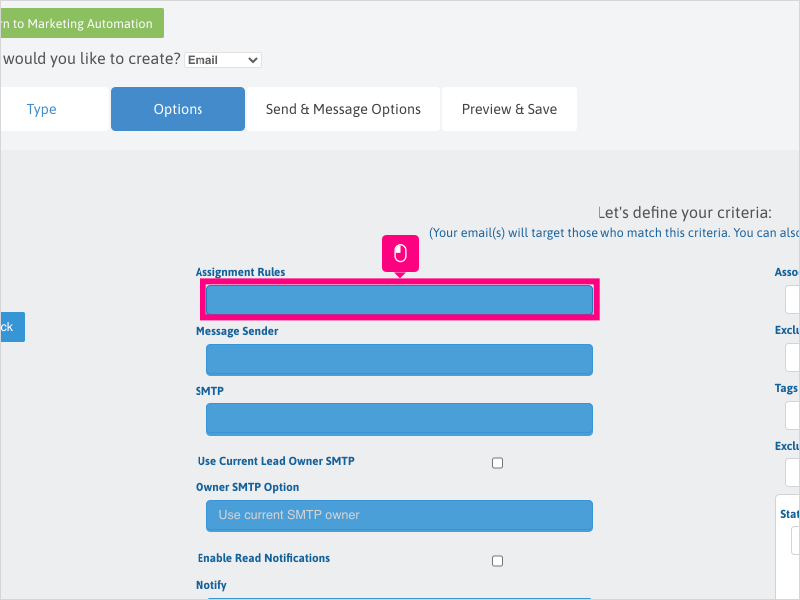
9. Select Auto-Assign as this is the most commonly used option.
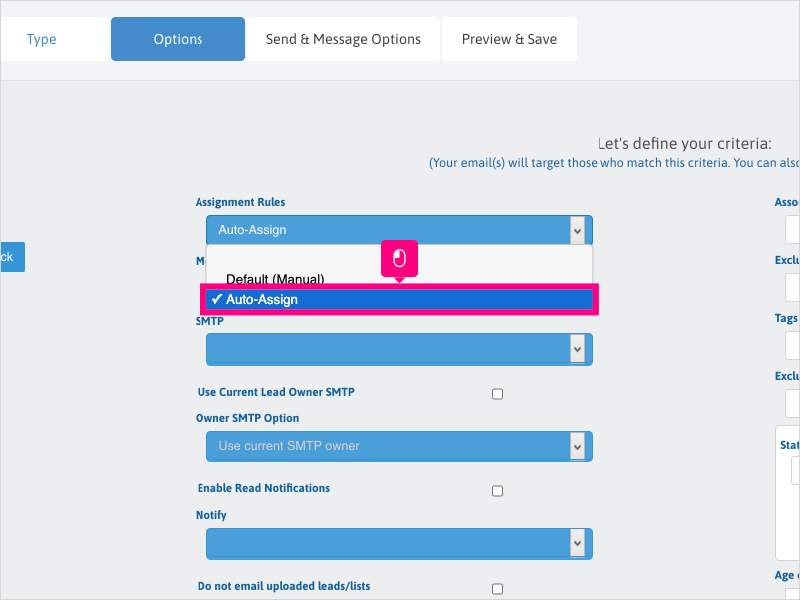
10. Click the dropdown for Message Sender.
Selecting a Message Sender will ensure that if your lead doesn't have a lead owner or the Agent who triggered the campaign doesn't have SMTP set up, the email will send from the Message Sender user/email address.
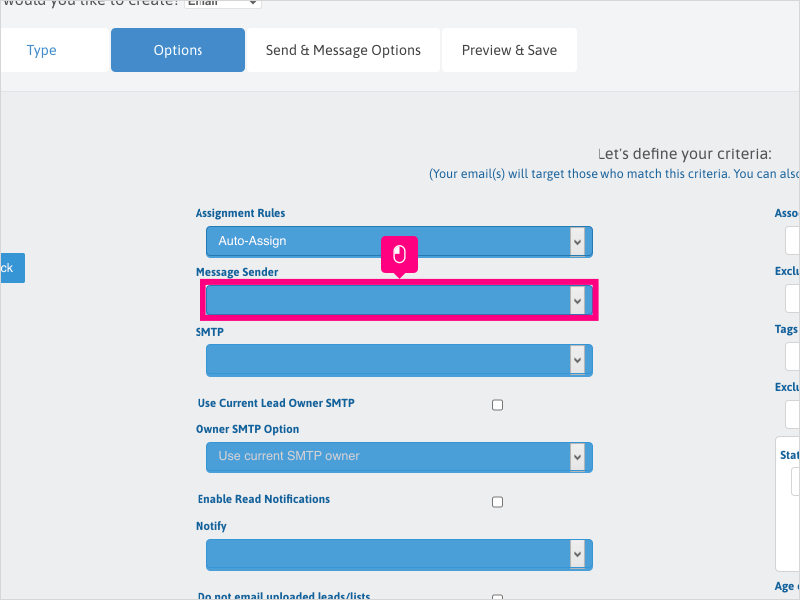
11. Select the desired Message Sender.
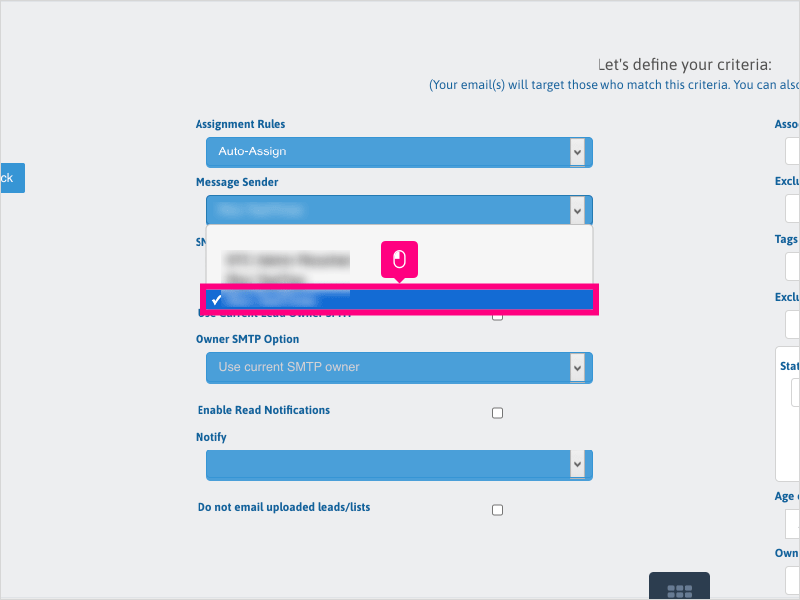
12. Click the dropdown for SMTP.
After choosing a Message Sender, select an SMTP (email address). This is the email address that will send out the emails if the lead that triggered the campaign has no lead owner or the Agent doesn't have SMTP set up.
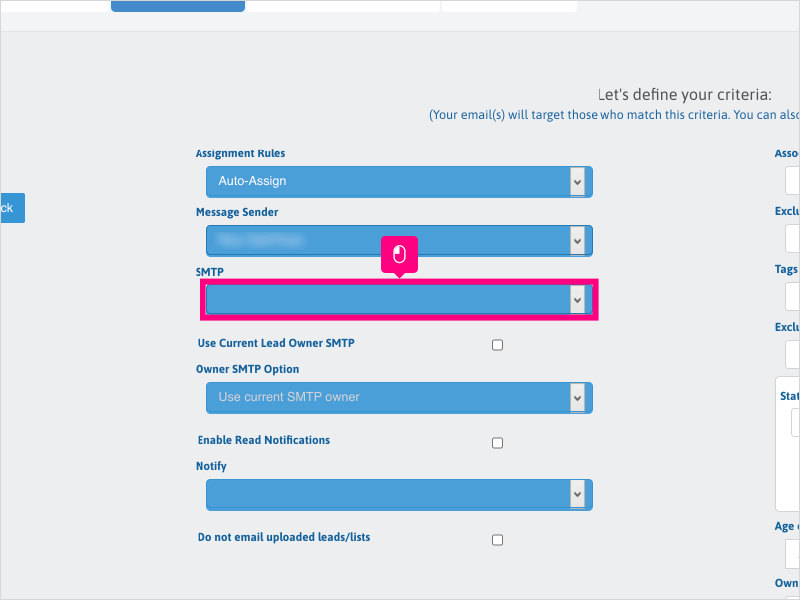
13. Select the email address you want to use from the dropdown items.
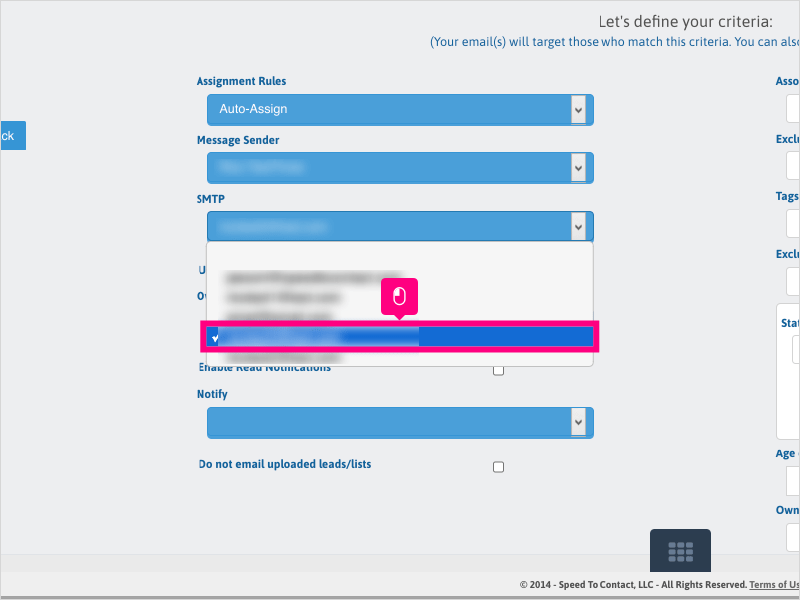
14. Click the checkbox if you want to use the current lead owner's SMTP.
If you selected a Message Sender/SMTP above, and check this box, if the lead owner has SMTP set up correctly, the Lead Owner SMTP will override the dropdown options.
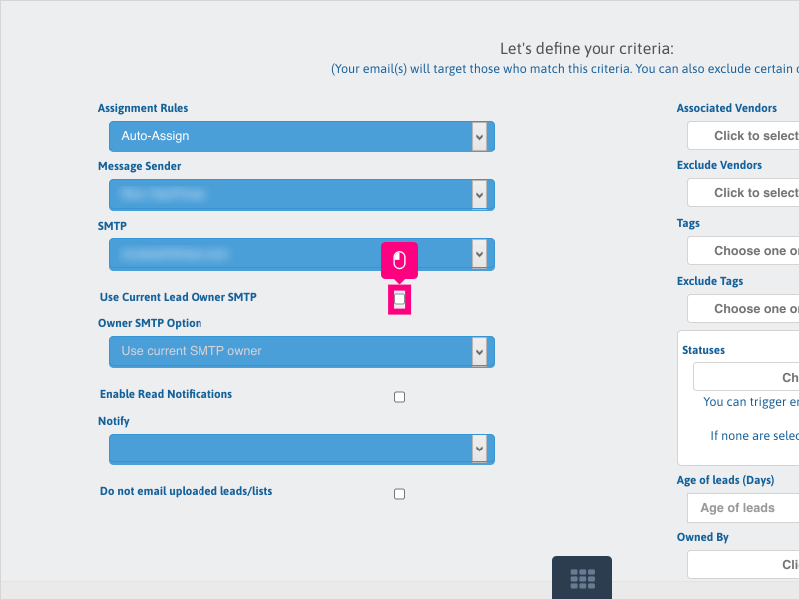
15. Click the dropdown for "Owner SMTP Option" to choose whether you want to use the current SMTP owner or the First Owner SMTP.
Most commonly used option is to Use current SMTP owner to send the email from the person that triggers the campaign.
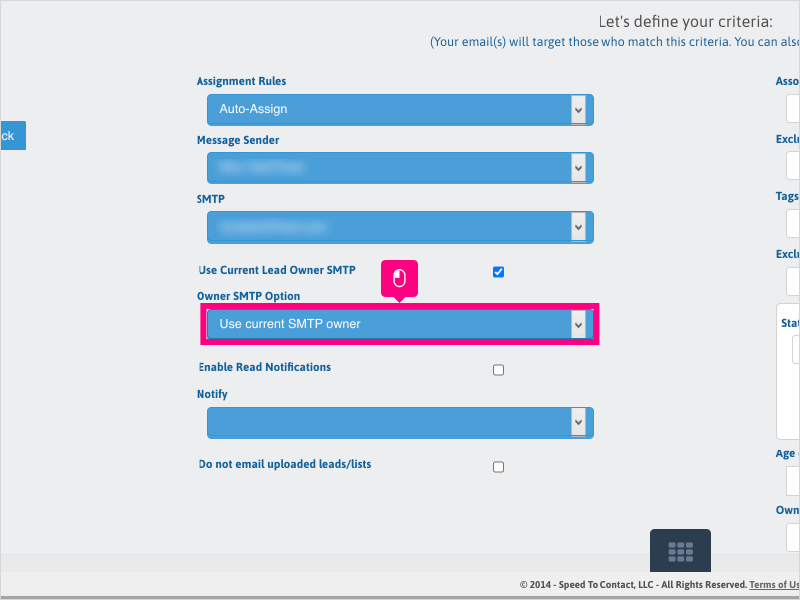
16. Click this checkbox to enable Read Notifications.
Notifications will show up at the top of Ricochet to notify you when an email sent has been opened by the recipient.
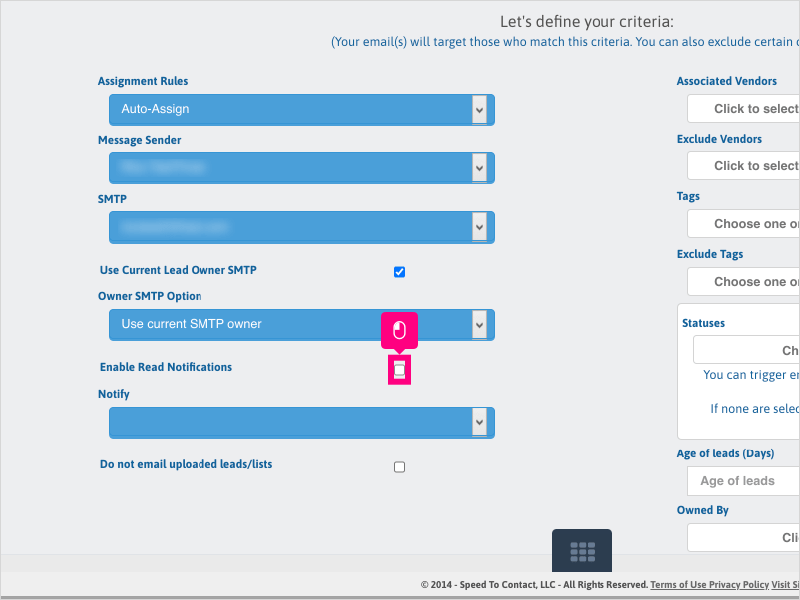
17. Click the dropdown to choose the Lead Owner to be notified.
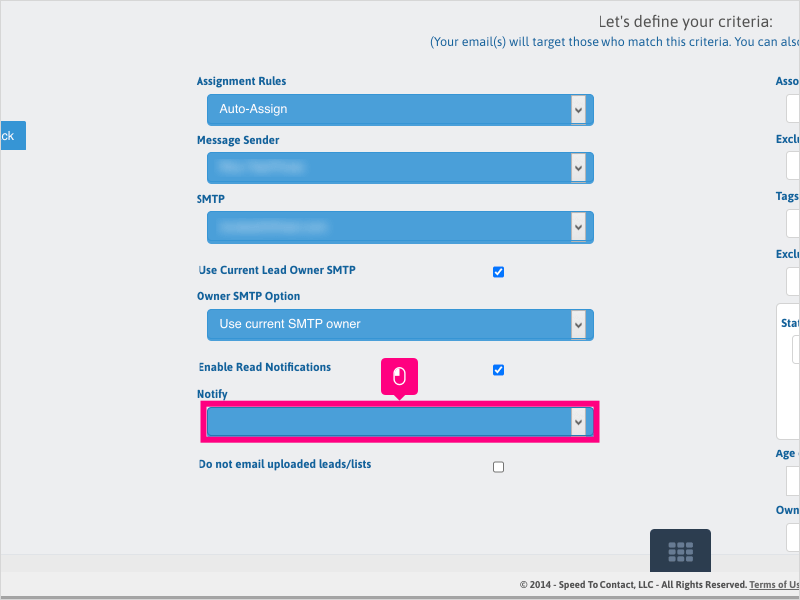
18. If you want to omit uploaded leads/lists, click this checkbox.
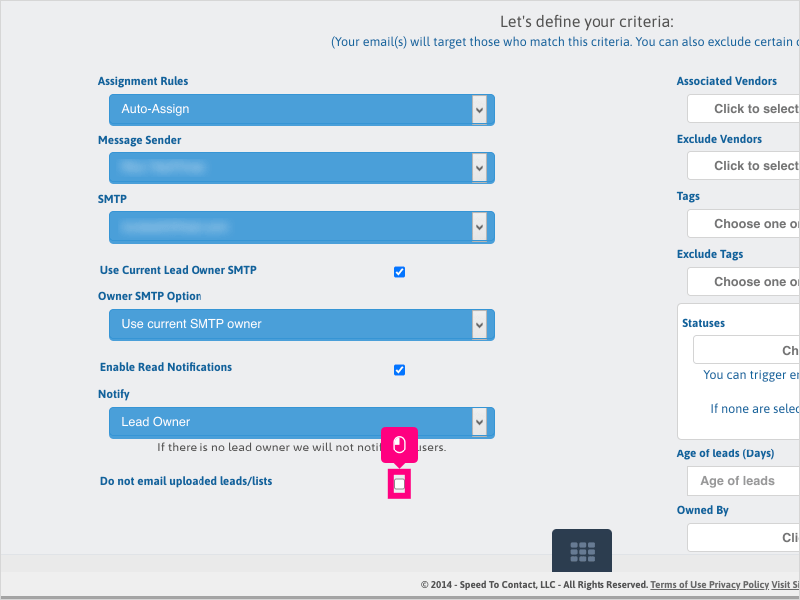
19. Click inside the Associated Vendors area if you want to make the campaign only send to specific Vendors.
Leave blank to include all vendors (or leads with no vendor).
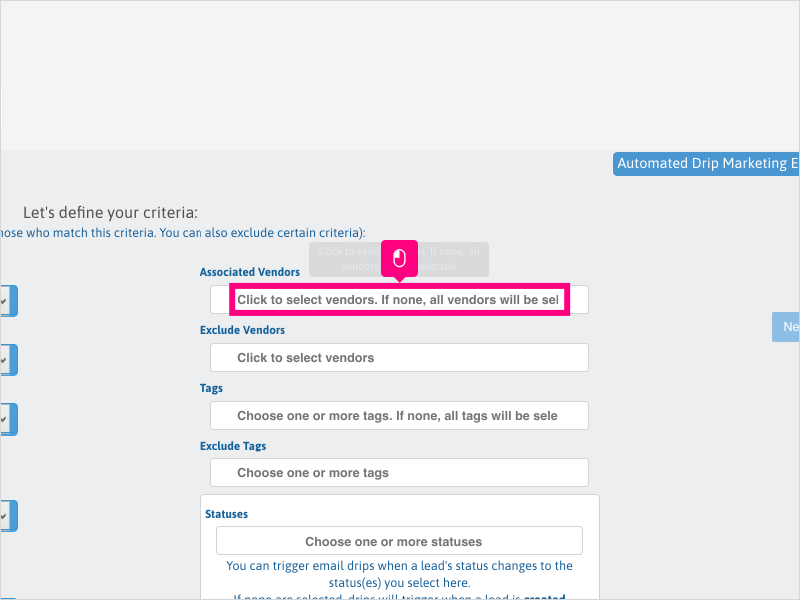
20. Click inside the Exclude Vendors area if you want to exclude certain vendors.
Be sure not to choose the same vendor(s) as listed in the Associated Vendors section. If you are including vendors, you do not necessarily have to add vendors in this area.
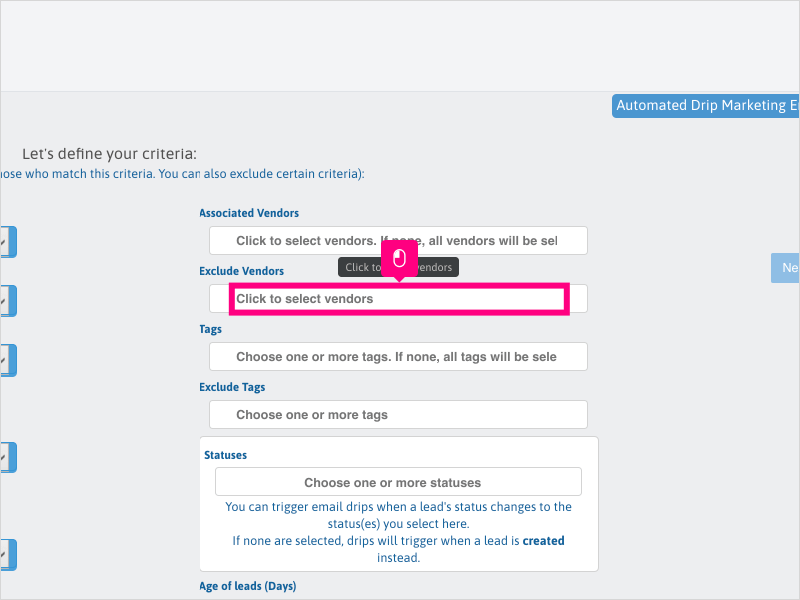
21. Click inside the Tags area if you want to make the campaign only send to leads with specific Tags.
Leave blank to include all Tags (or leads with no tags).
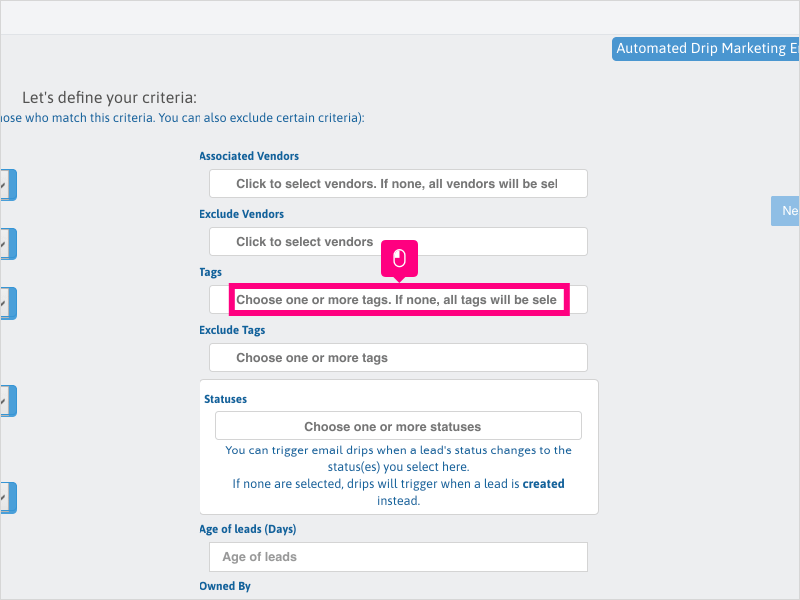
22. Click inside the Exclude Tags area if you want to exclude certain Tags.
Be sure not to choose the same tag(s) as listed in the Tags section. If you are including Tags, you do not necessarily have to add Tags in this area.
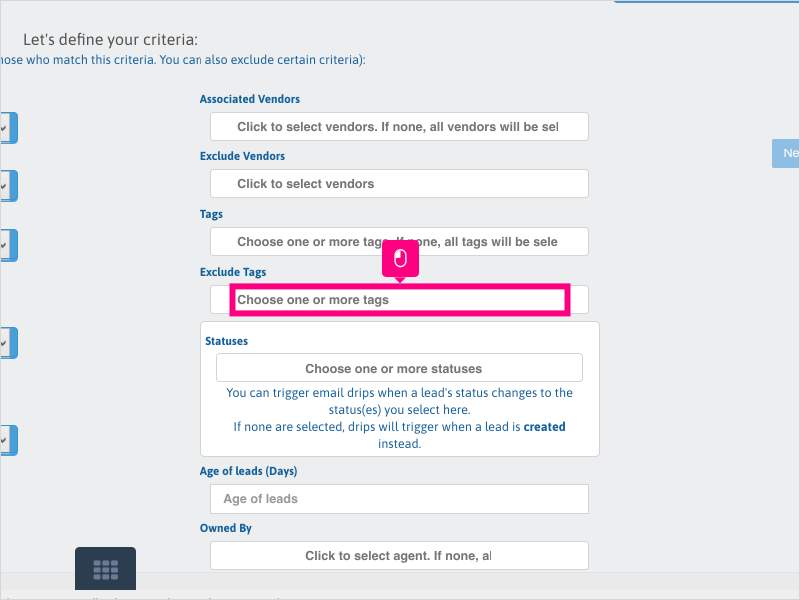
23. NOTE: Tags/Vendors do not trigger an email campaign to start off.
If you have tags/vendors in the Include area, they must be on the lead first before the status triggers the campaign.
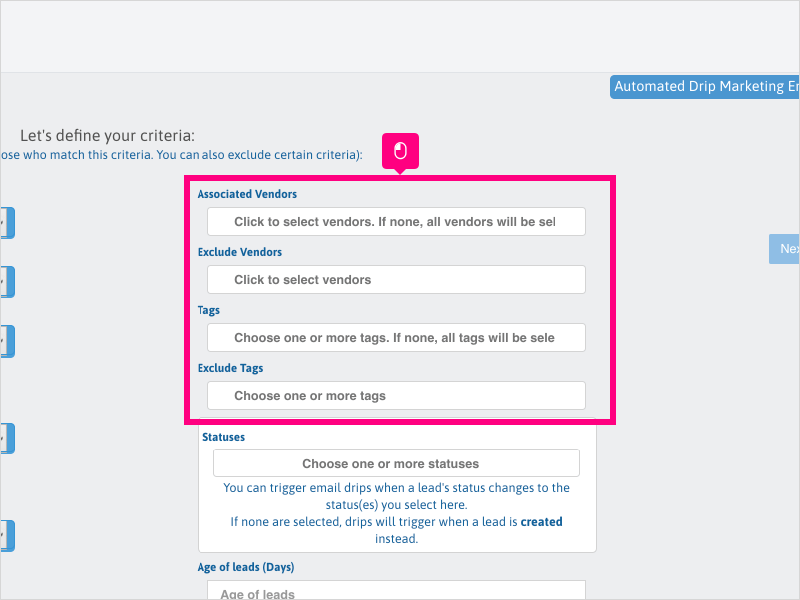
24. Click inside the Statuses area and select one or more statuses that you want to have trigger the email campaign.
You can leave this area blank to send the email campaign when the lead is created.
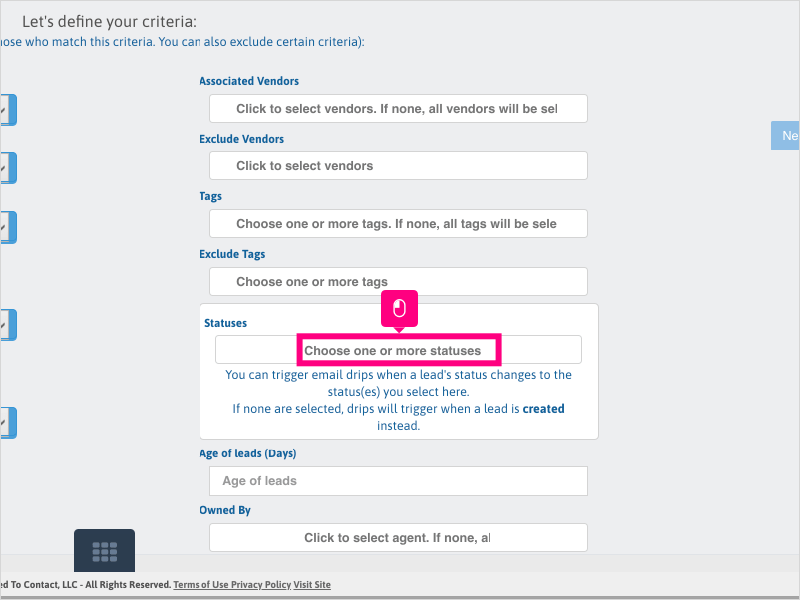
25. If you wish to filter the email campaign to only include leads that are a certain age, click Age of leads and adjust the number value.
Leave blank to capture leads regardless of lead age.
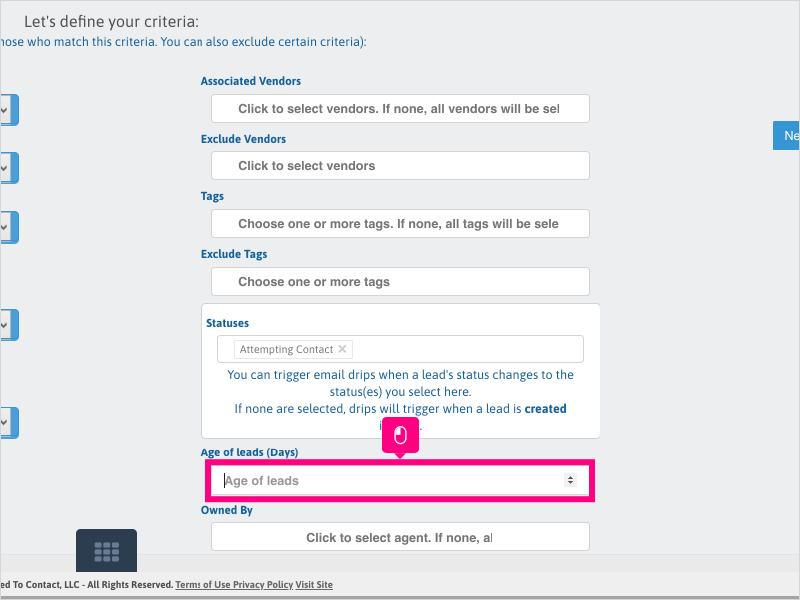
26. If you wish to target leads based on the lead owner, click into the Owned By area and choose one or more lead owners.
Leave blank to capture leads regardless of lead owner.
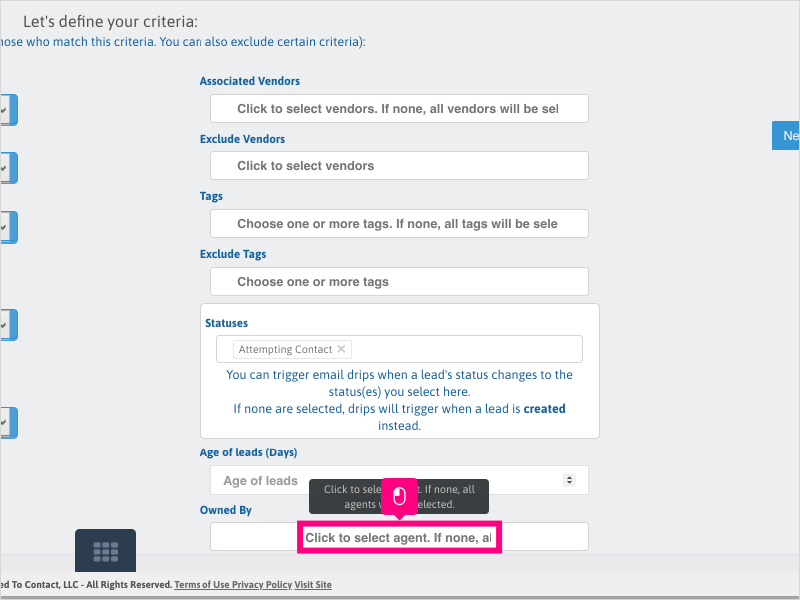
27. Click Next
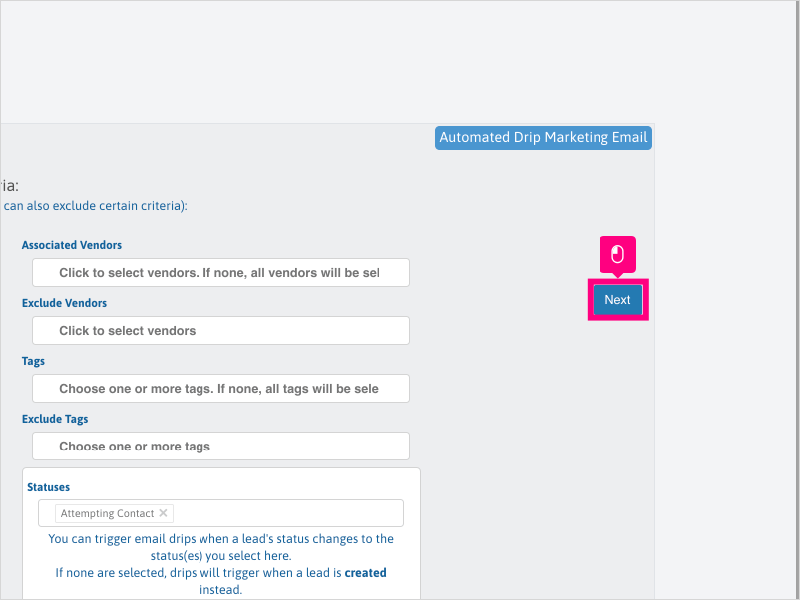
28. Click the + symbol to add your first Drip Email message.
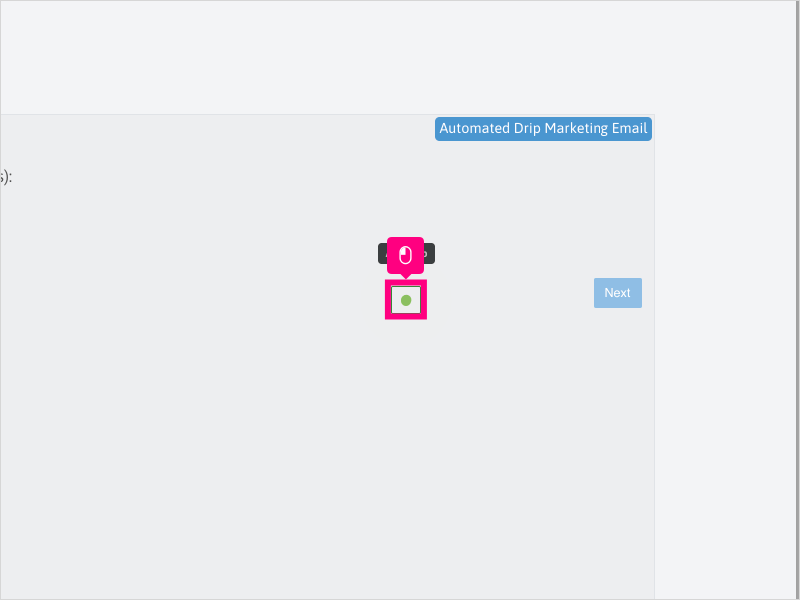
29. Click inside the Subject area and type your Subject of your first email.
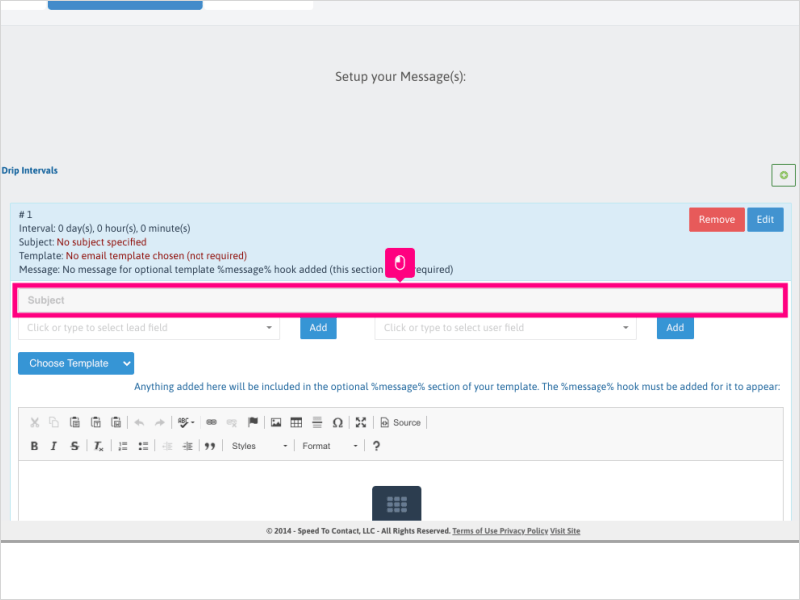
30. If you need to add Lead Fields or User Fields, click the dropdown area to select a specific field to add to the subject line.
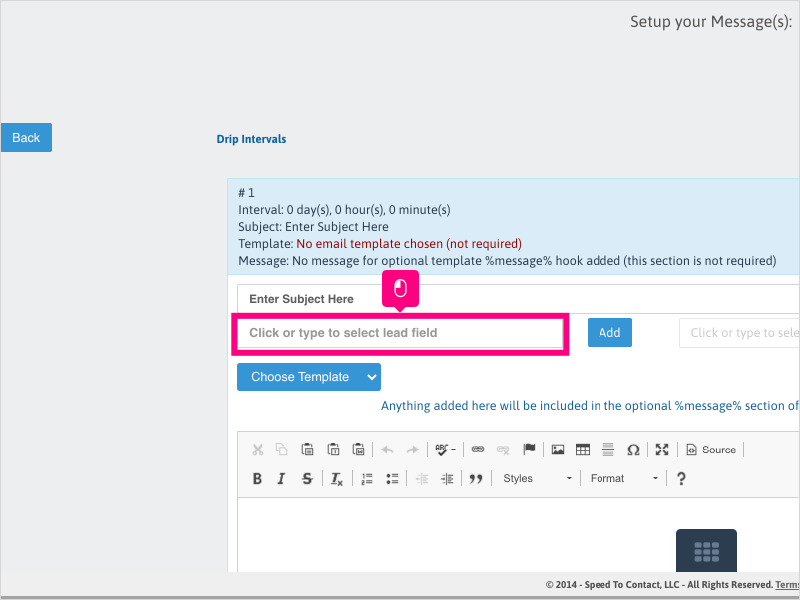
31. For this example, we will choose a Lead Field. Scroll down and click First Name
Note: Your field names may look different than this example.
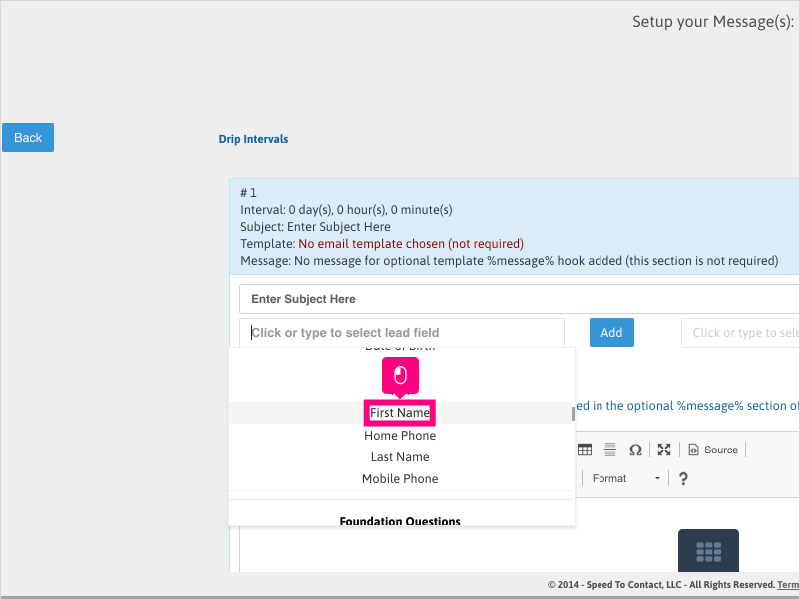
32. Click the Add button to add the First Name hook into the Subject line.
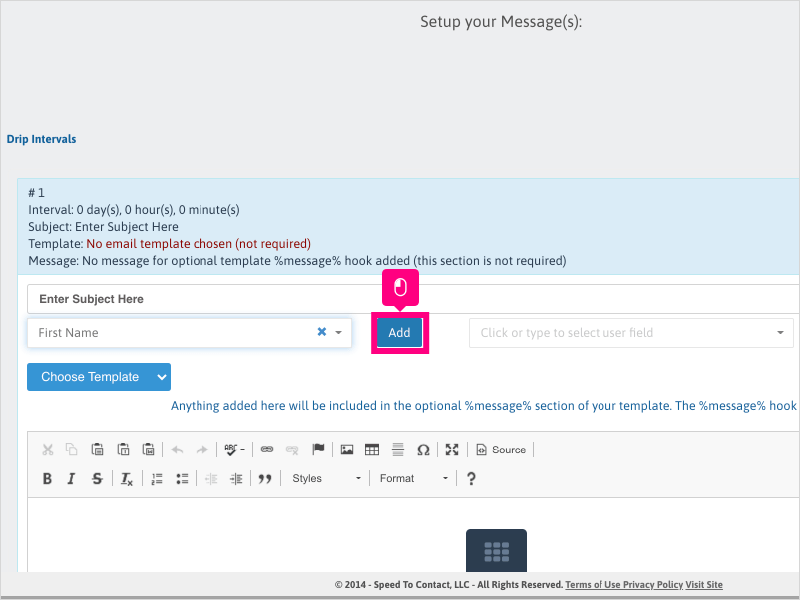
33. The field name will be added where you had your cursor within the Subject Line area. Do not edit this field name.
This unique coding will pull the data in from the lead record.
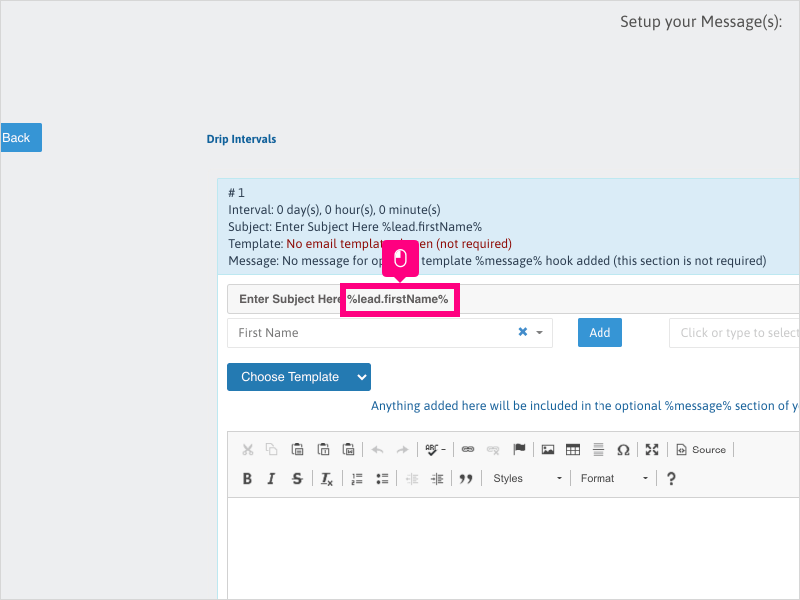
34. If you have a template created and wish to use it for the campaign, click the dropdown Choose Template and select your template you want to apply to the message.
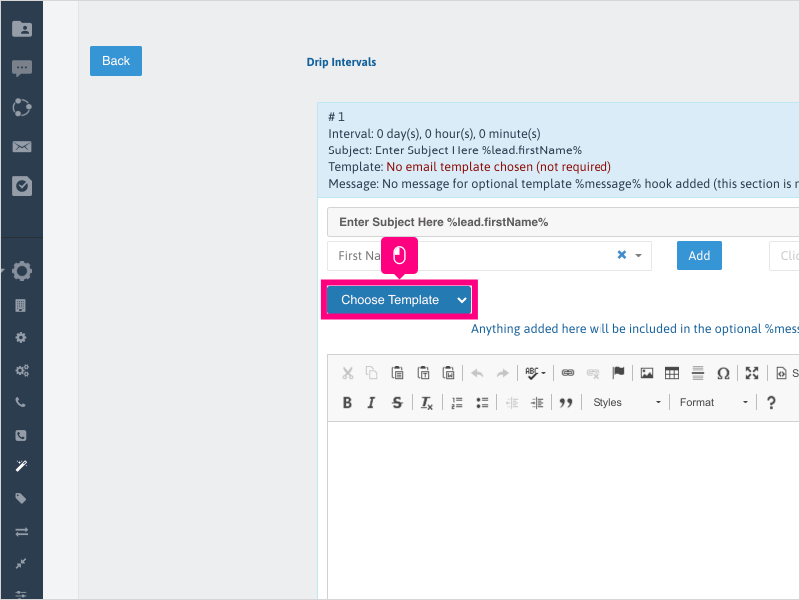
35. If you have a section in your template for the Message Hook, you can click into the message area and type in your message.
Conversely, you can also use this message area to type your email message if you're not using a template.
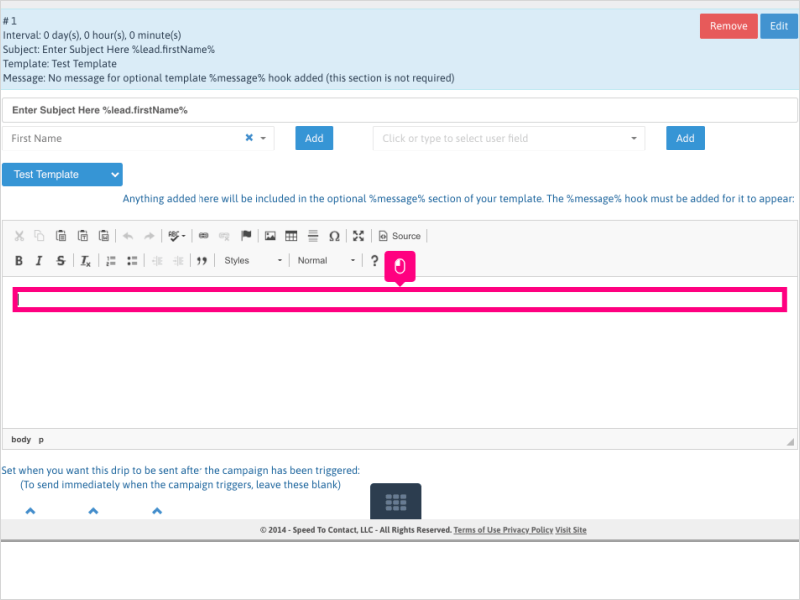
36. Scroll down and click the up/down arrow for Days/Hours/Minutes to schedule your Email Message drip interval.
Leave blank to set the email campaign to send immediately when the campaign is triggered
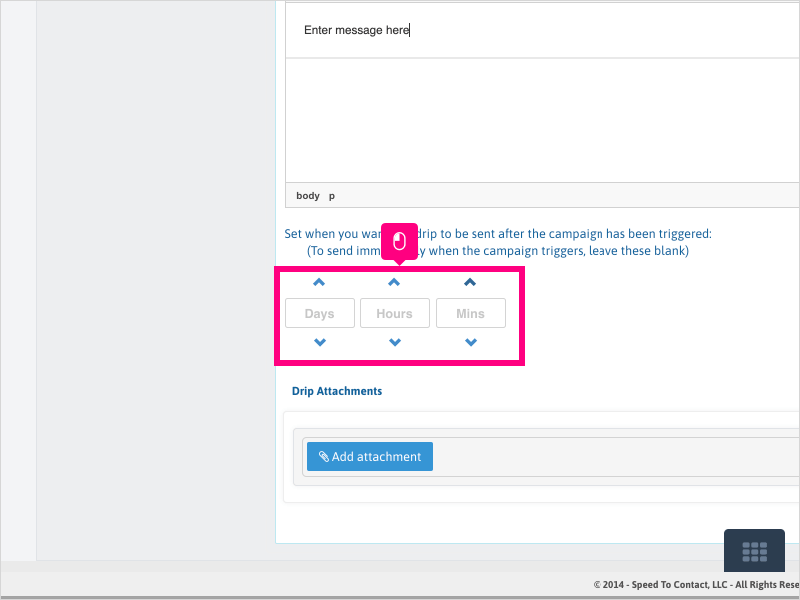
37. If you have attachments to add, you can add them by clicking on Add Attachment
38. Click Select File and add your attachment to the email message.
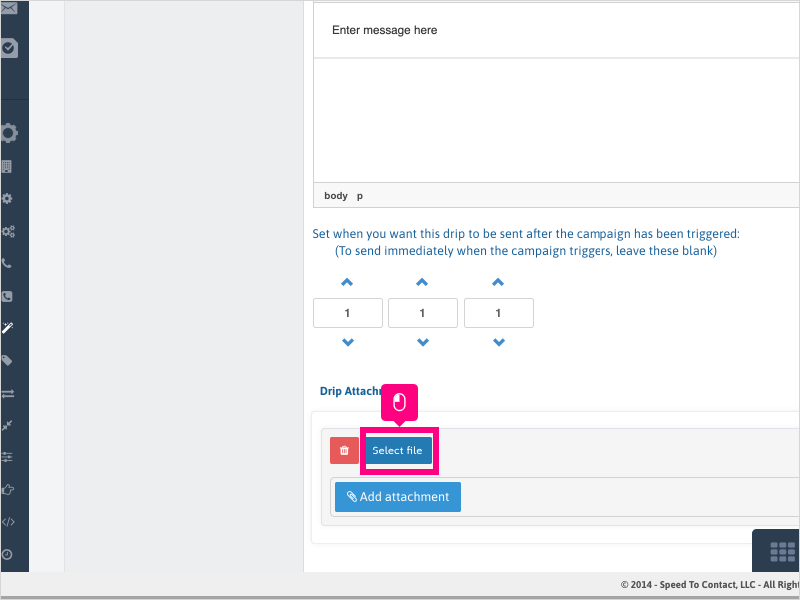
39. You can add more Drip Emails to your campaign by repeating steps 29 through 38.
Once completed, click Next to review your campaign setup.
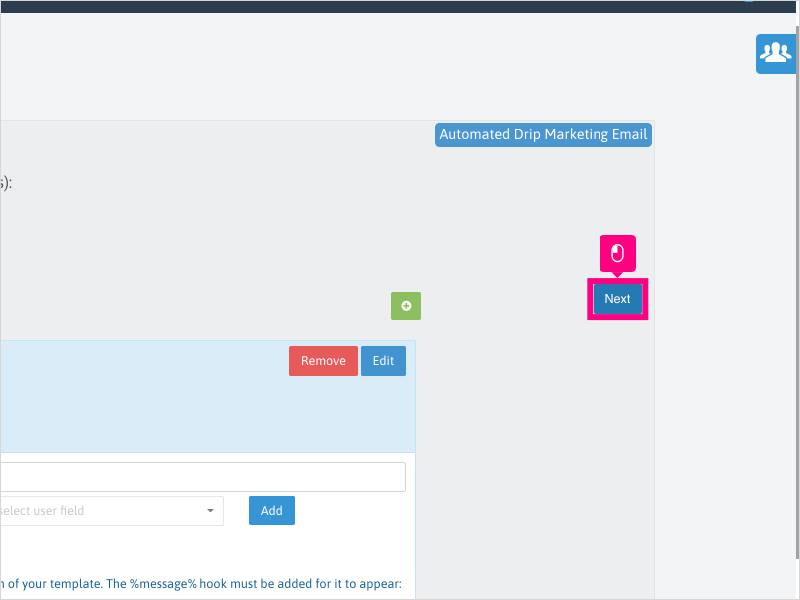
40. If you have your SMTP settings configured correctly, and the campaign is set to use a Message Sender / SMTP, you can test sending the email campaign to an email address.
Click into the "Send test email" area and enter an email address to send a test.
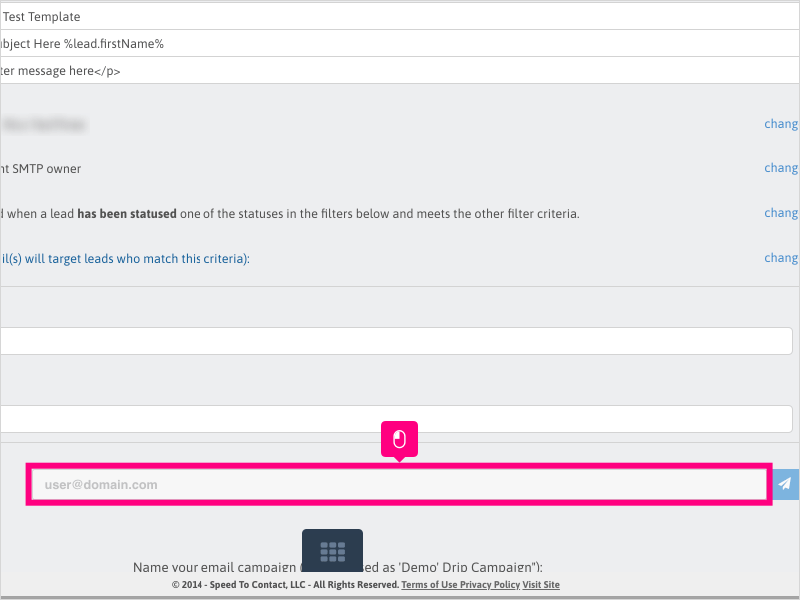
41. Click the send button to send the test email.
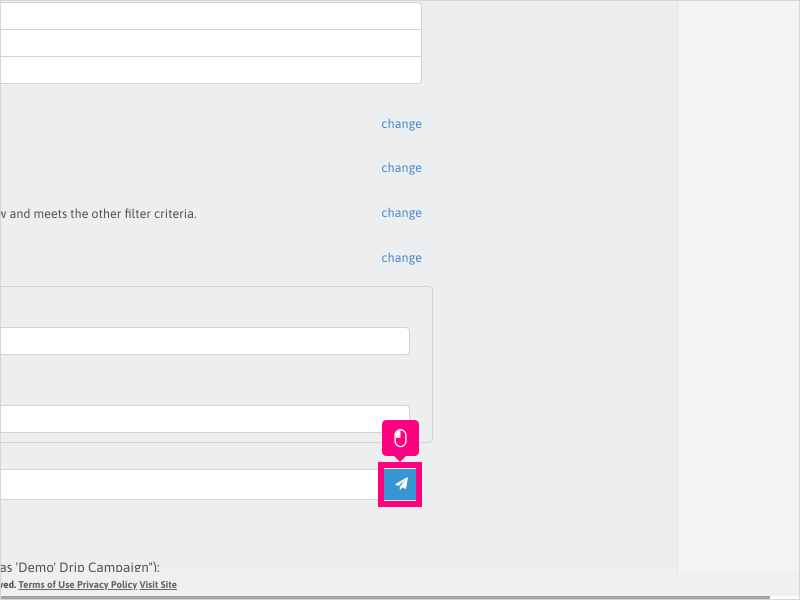
42. Scroll down and click inside the Name Of Campaign area and type the name of the campaign.
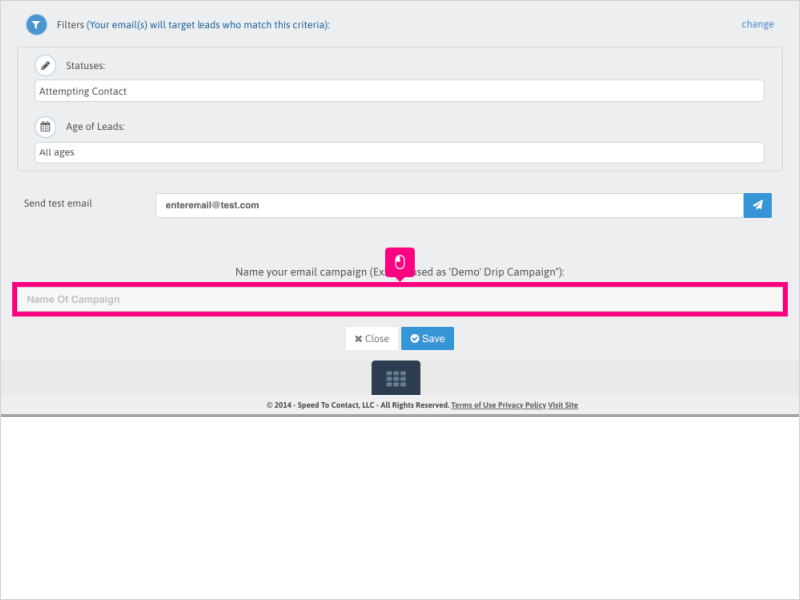
43. Click Save
44. The email campaign will be inactive by default after creation.
To check and enable the campaign, click the Emails tab.
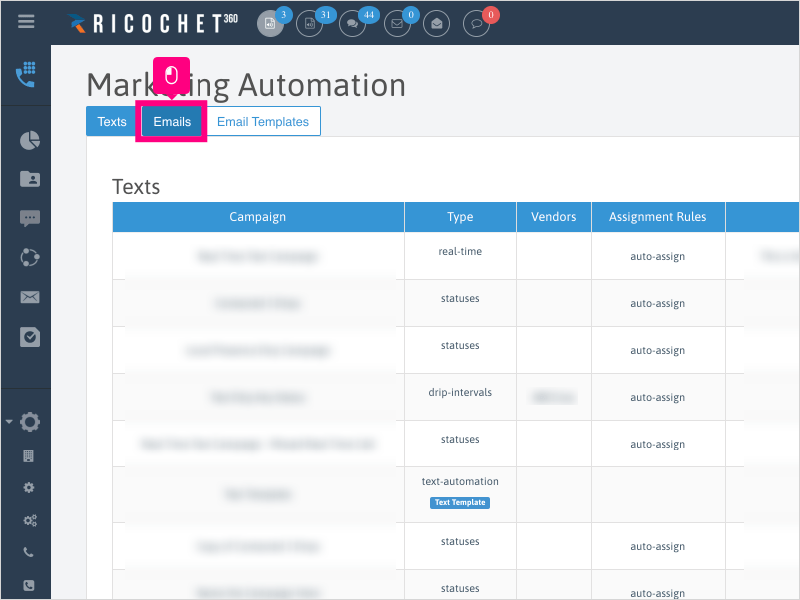
45. Scroll to the campaign you just created and click the green/white icon to make the campaign active.
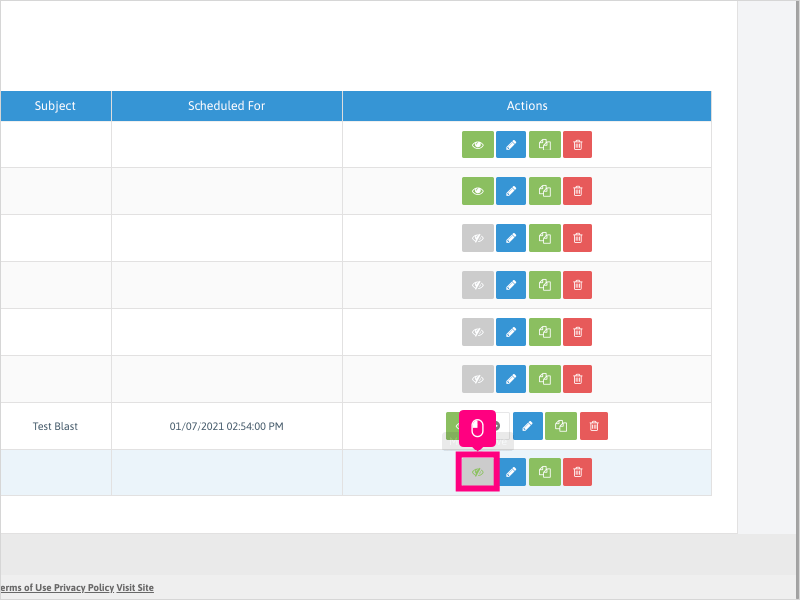
46. Click Ok to confirm making the email campaign active.
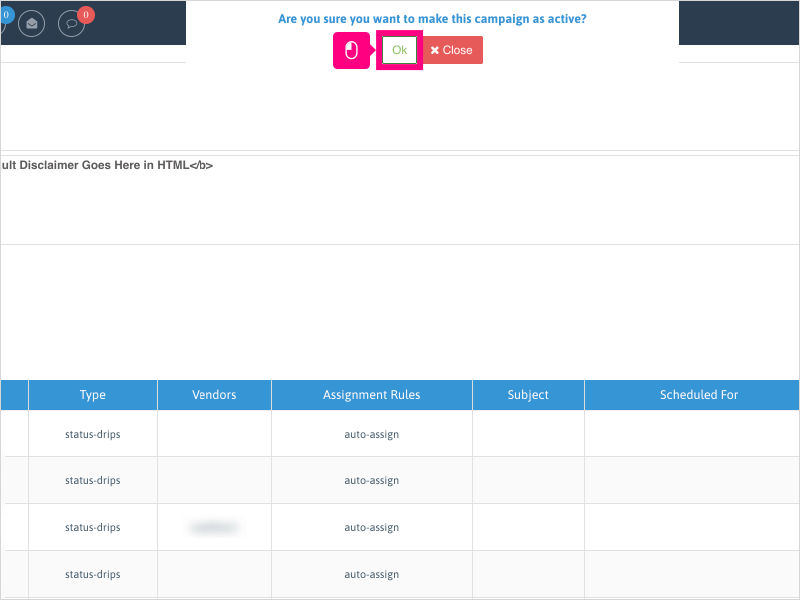
Here's an interactive tutorial
https://www.iorad.com/player/1758641/How-do-I-create-an-Automated-Drip-Email-campaign-
Copy of text and screenshots from the tutorial/solution:
1. To create a new Automated Drip Email campaign, click Configuration
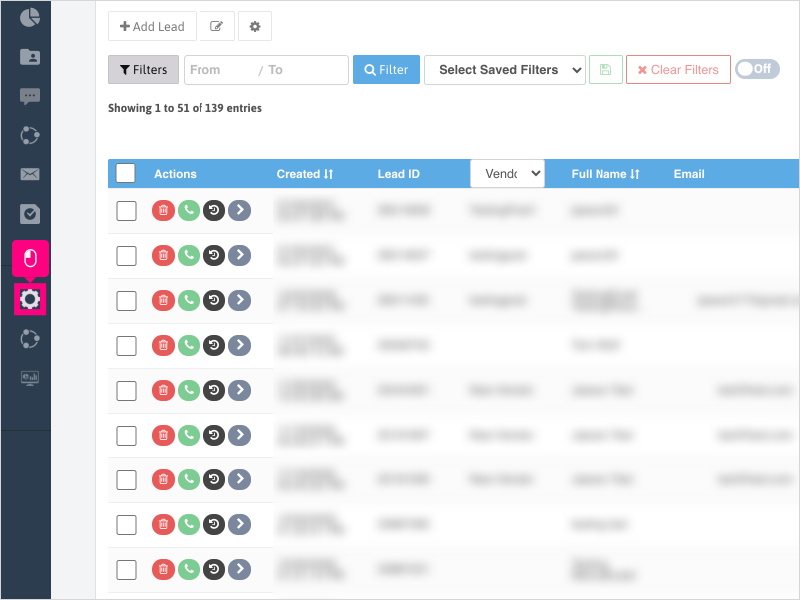
2. Click Marketing Automation
3. Click the Emails tab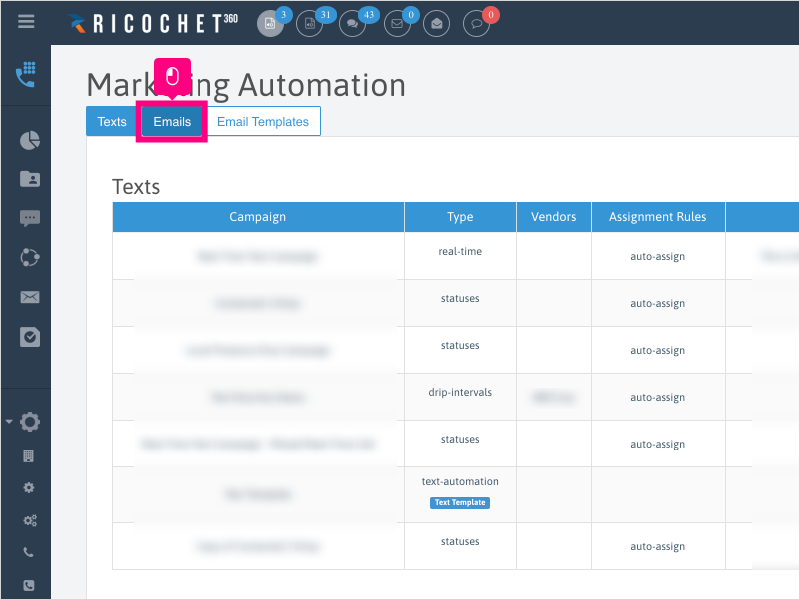
4. Click Create New Automation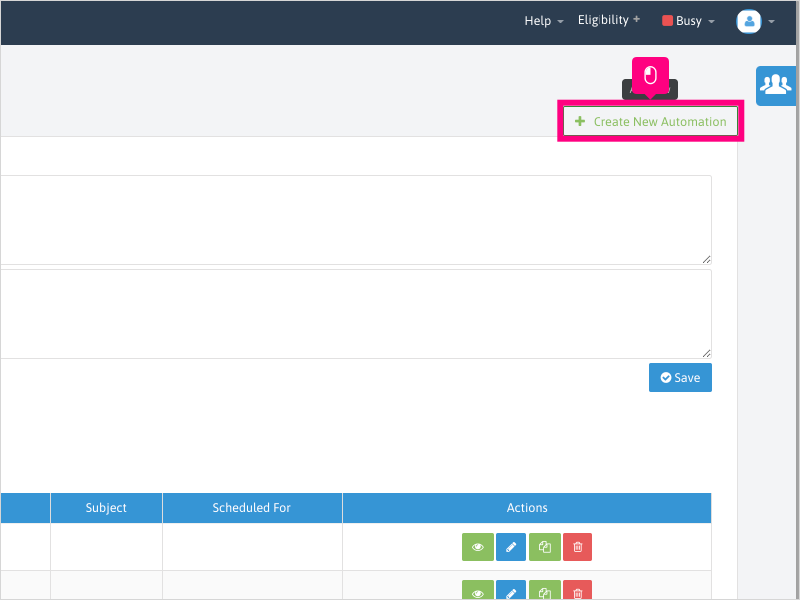
5. Click the dropdown to choose your automation type.
6. Select Email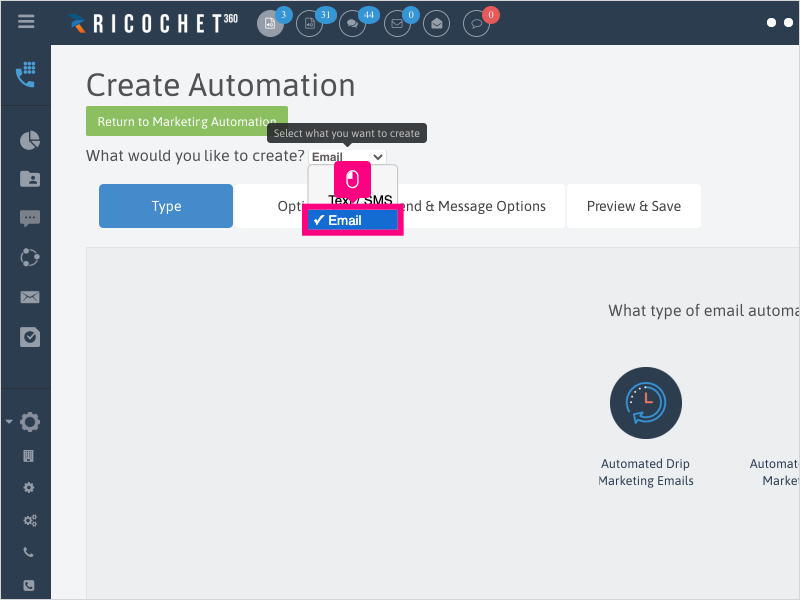
7. Click Automated Drip Marketing Emails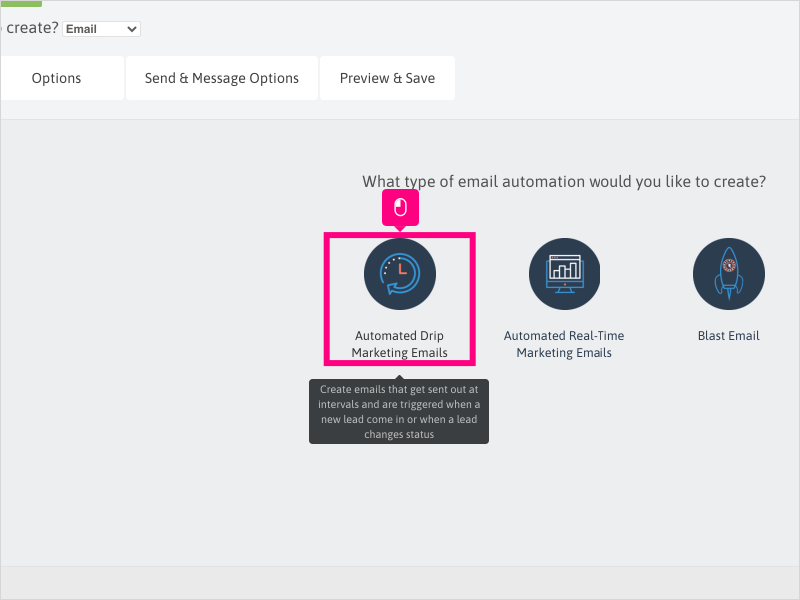
8. Click the dropdown for Assignment Rules.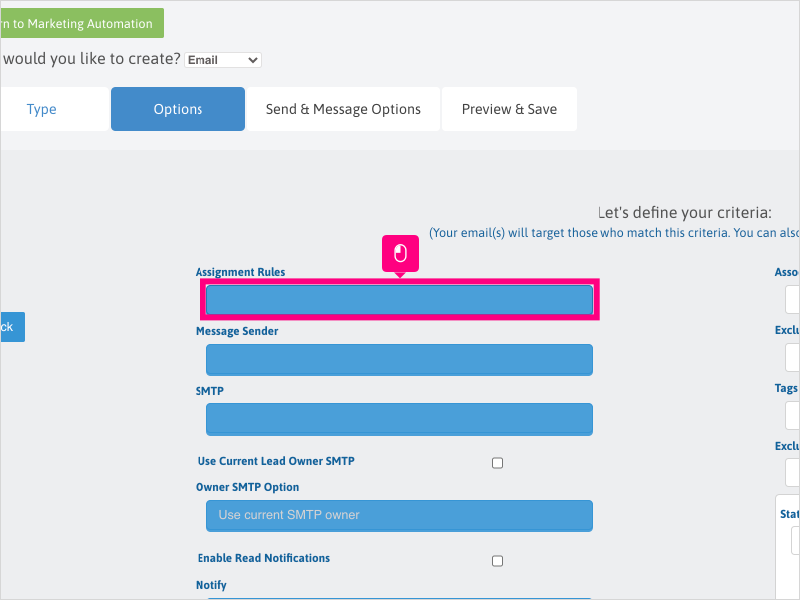
9. Select Auto-Assign as this is the most commonly used option.
10. Click the dropdown for Message Sender.
Selecting a Message Sender will ensure that if your lead doesn't have a lead owner or the Agent who triggered the campaign doesn't have SMTP set up, the email will send from the Message Sender user/email address.
11. Select the desired Message Sender.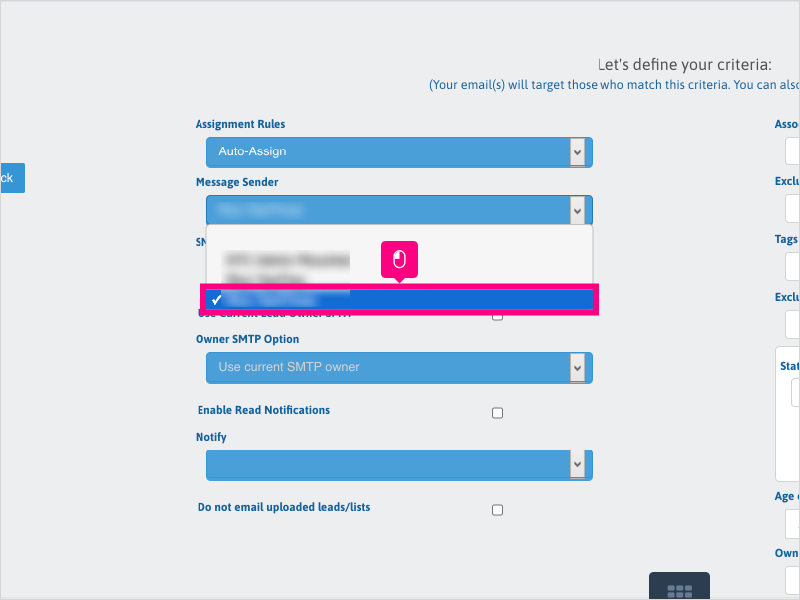
12. Click the dropdown for SMTP.
After choosing a Message Sender, select an SMTP (email address). This is the email address that will send out the emails if the lead that triggered the campaign has no lead owner or the Agent doesn't have SMTP set up.
13. Select the email address you want to use from the dropdown items.
14. Click the checkbox if you want to use the current lead owner's SMTP.
If you selected a Message Sender/SMTP above, and check this box, if the lead owner has SMTP set up correctly, the Lead Owner SMTP will override the dropdown options.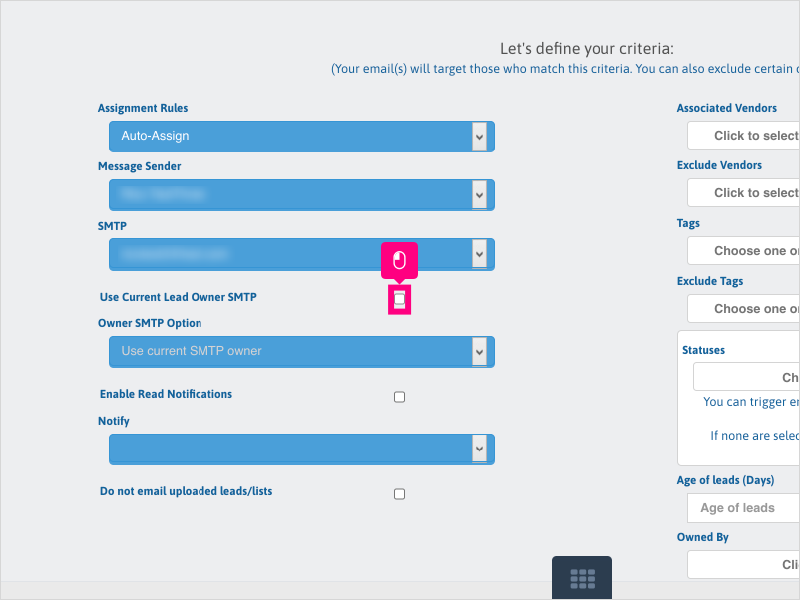
15. Click the dropdown for "Owner SMTP Option" to choose whether you want to use the current SMTP owner or the First Owner SMTP.
Most commonly used option is to Use current SMTP owner to send the email from the person that triggers the campaign.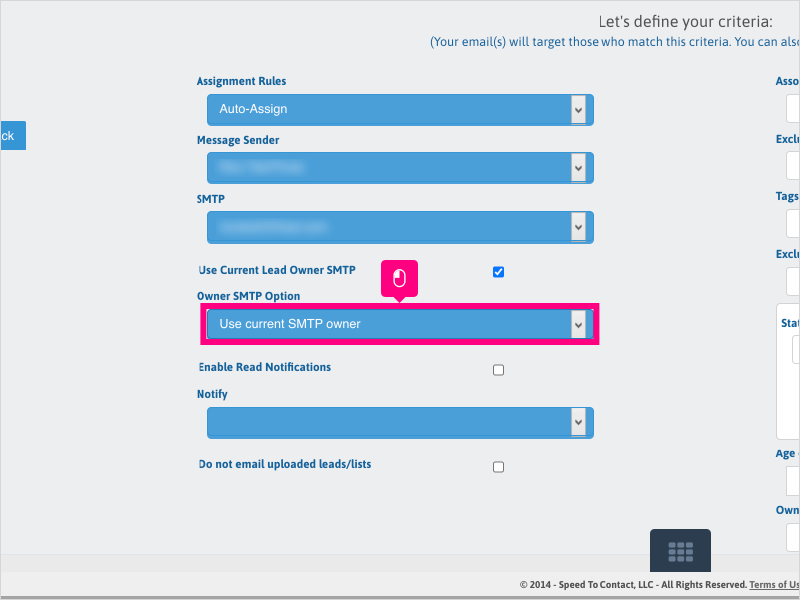
16. Click this checkbox to enable Read Notifications.
Notifications will show up at the top of Ricochet to notify you when an email sent has been opened by the recipient.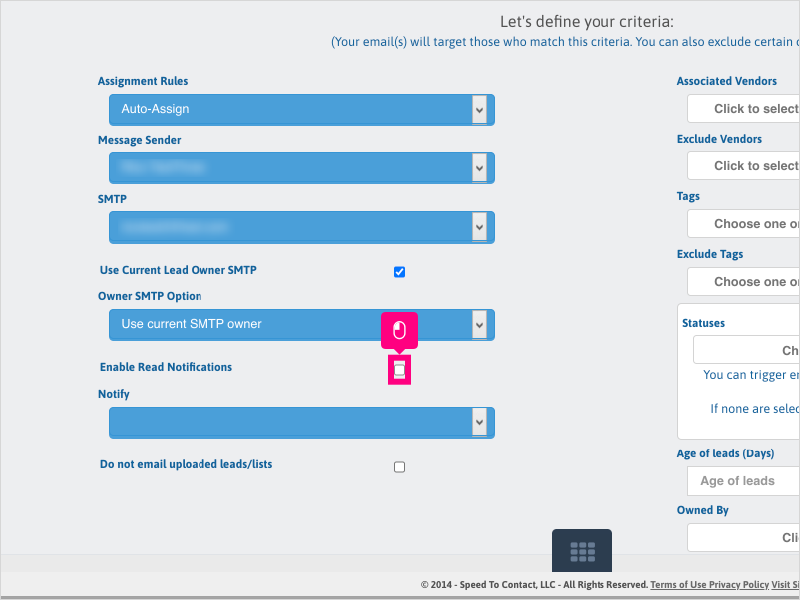
17. Click the dropdown to choose the Lead Owner to be notified.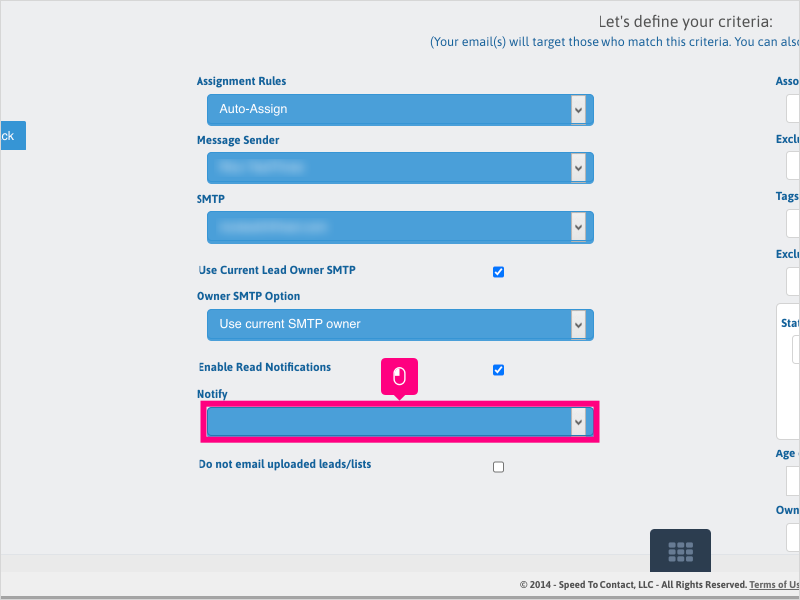
18. If you want to omit uploaded leads/lists, click this checkbox.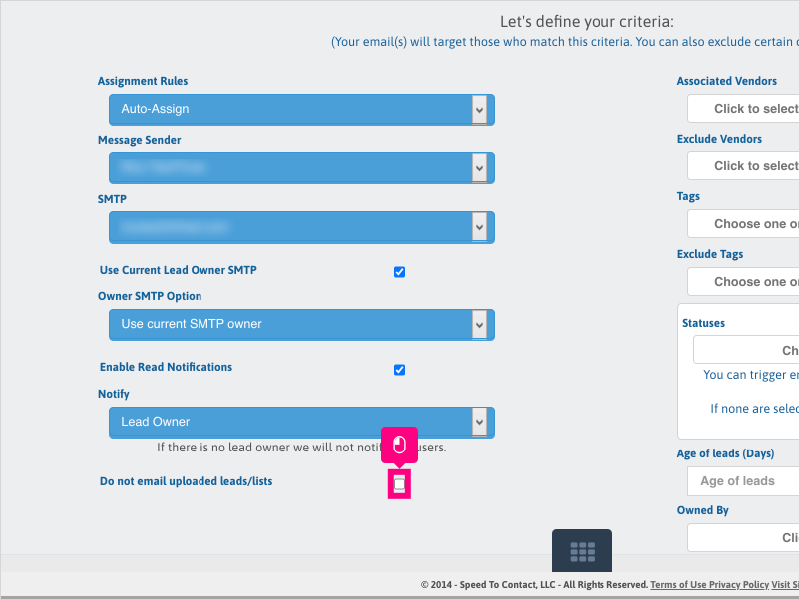
19. Click inside the Associated Vendors area if you want to make the campaign only send to specific Vendors.
Leave blank to include all vendors (or leads with no vendor).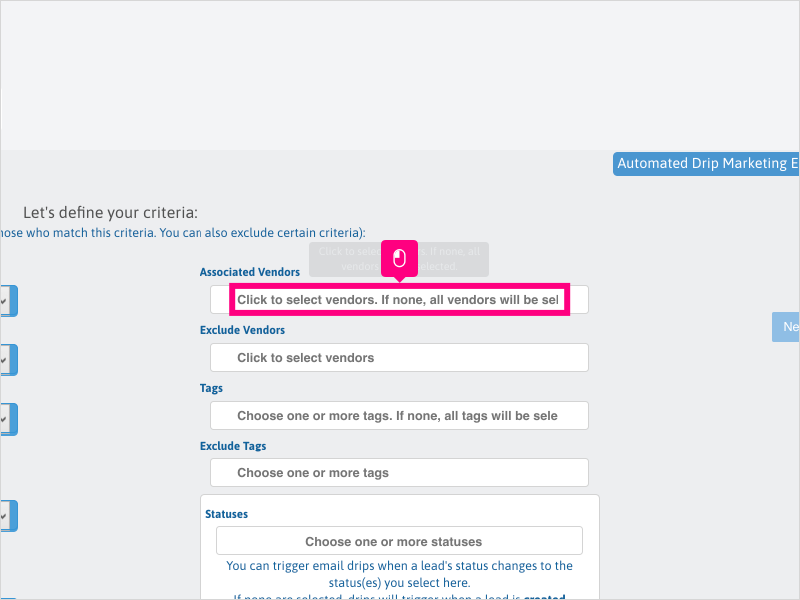
20. Click inside the Exclude Vendors area if you want to exclude certain vendors.
Be sure not to choose the same vendor(s) as listed in the Associated Vendors section. If you are including vendors, you do not necessarily have to add vendors in this area.
21. Click inside the Tags area if you want to make the campaign only send to leads with specific Tags.
Leave blank to include all Tags (or leads with no tags).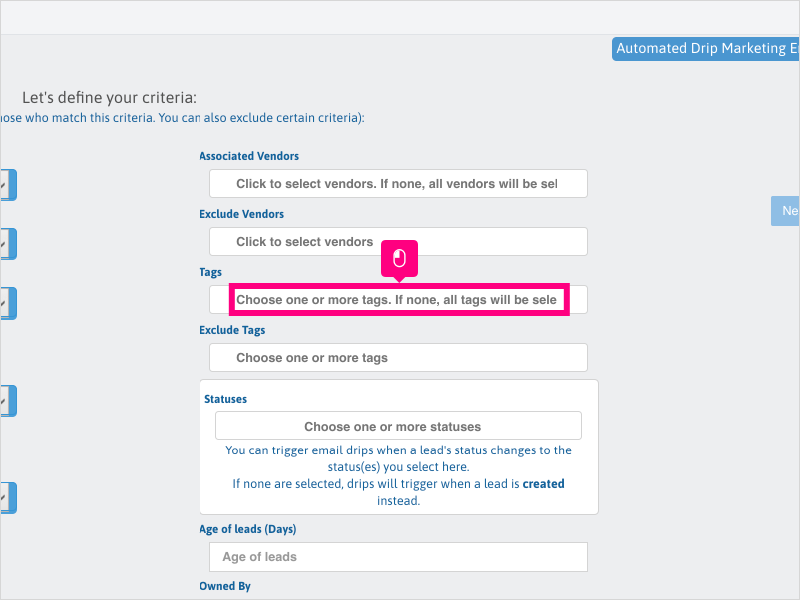
22. Click inside the Exclude Tags area if you want to exclude certain Tags.
Be sure not to choose the same tag(s) as listed in the Tags section. If you are including Tags, you do not necessarily have to add Tags in this area.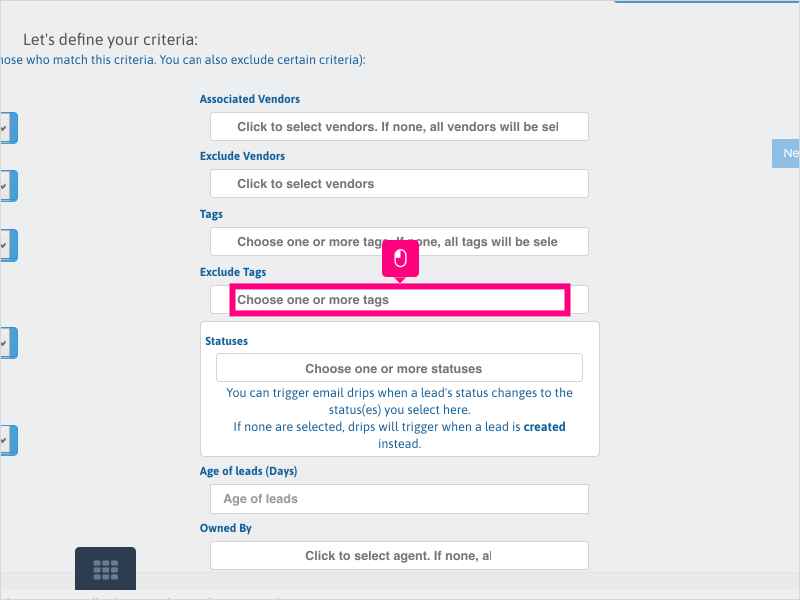
23. NOTE: Tags/Vendors do not trigger an email campaign to start off.
If you have tags/vendors in the Include area, they must be on the lead first before the status triggers the campaign. 
24. Click inside the Statuses area and select one or more statuses that you want to have trigger the email campaign.
You can leave this area blank to send the email campaign when the lead is created.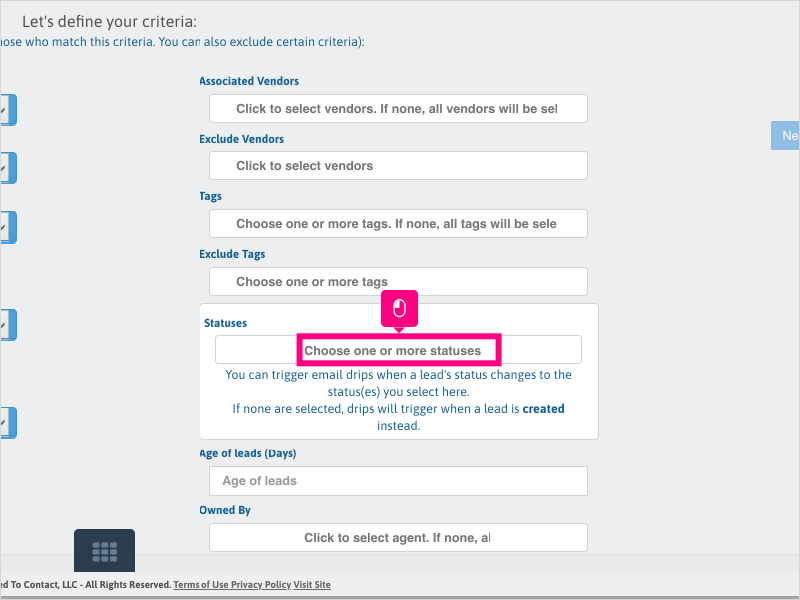
25. If you wish to filter the email campaign to only include leads that are a certain age, click Age of leads and adjust the number value.
Leave blank to capture leads regardless of lead age.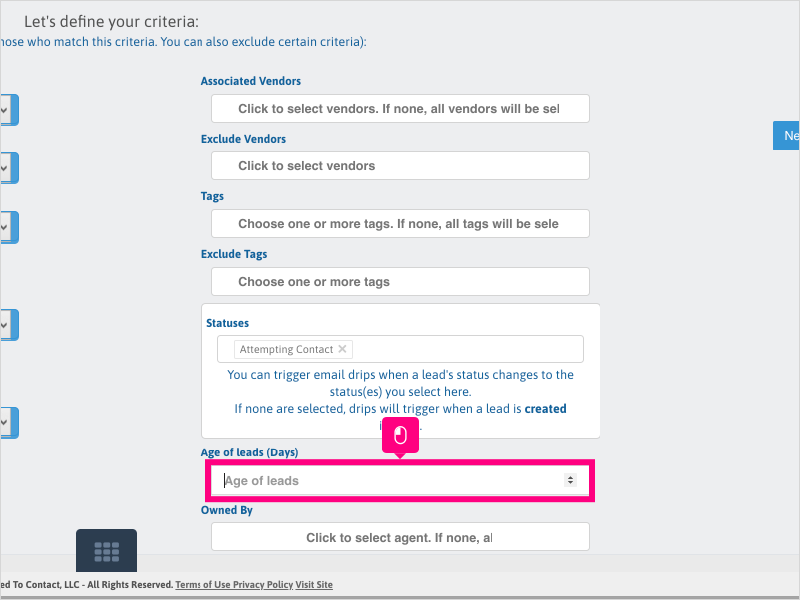
26. If you wish to target leads based on the lead owner, click into the Owned By area and choose one or more lead owners.
Leave blank to capture leads regardless of lead owner.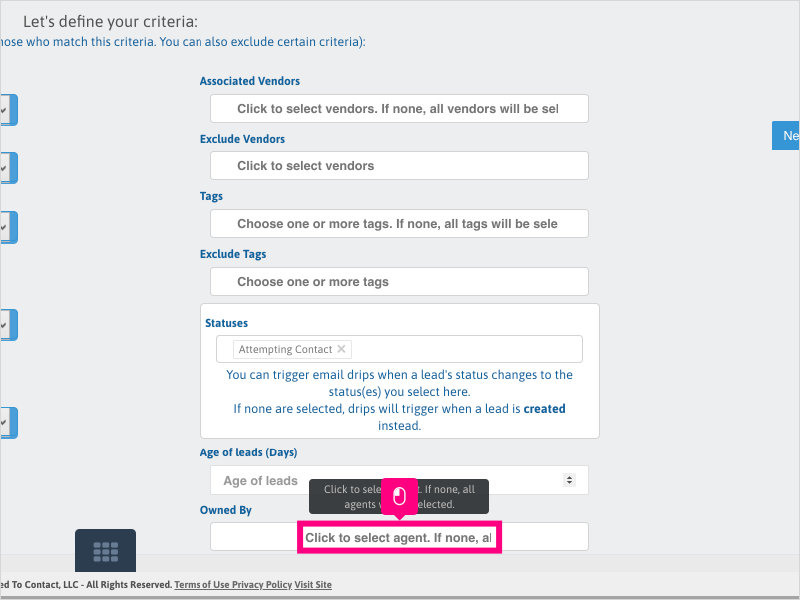
27. Click Next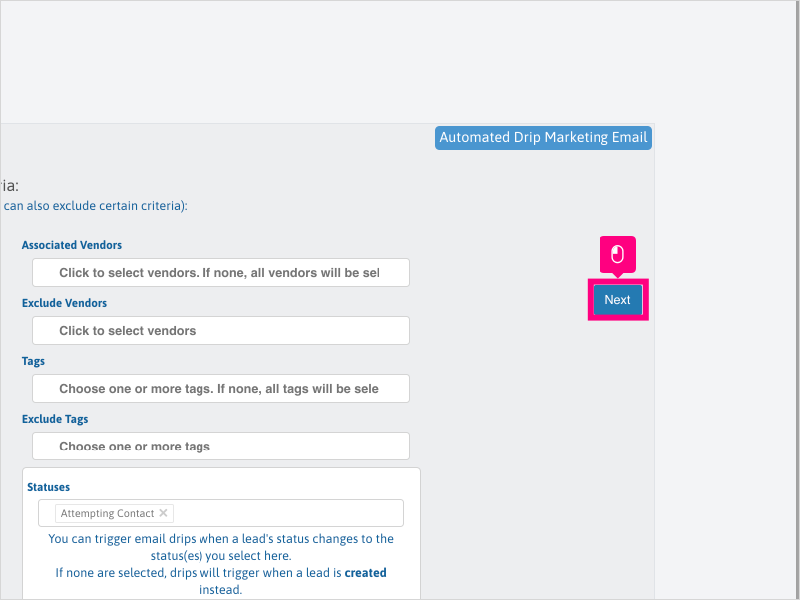
28. Click the + symbol to add your first Drip Email message.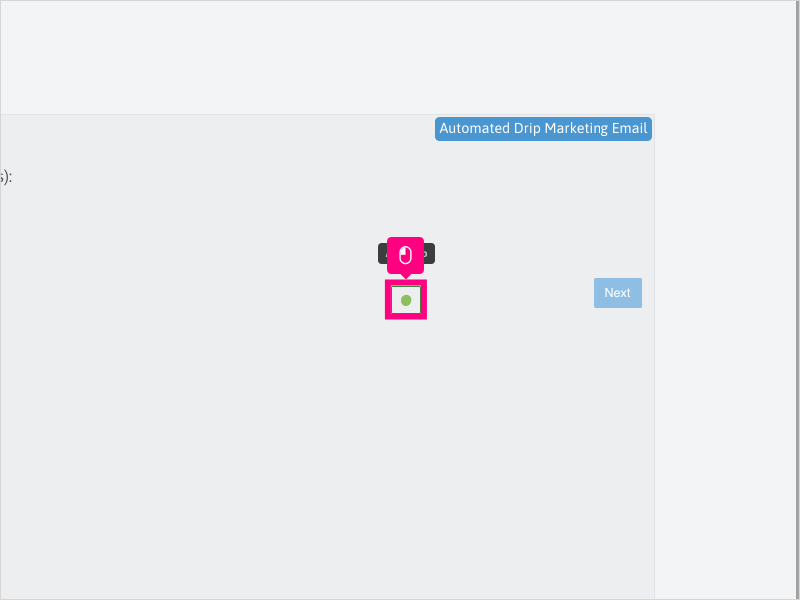
29. Click inside the Subject area and type your Subject of your first email.
30. If you need to add Lead Fields or User Fields, click the dropdown area to select a specific field to add to the subject line.
31. For this example, we will choose a Lead Field. Scroll down and click First Name
Note: Your field names may look different than this example.
32. Click the Add button to add the First Name hook into the Subject line.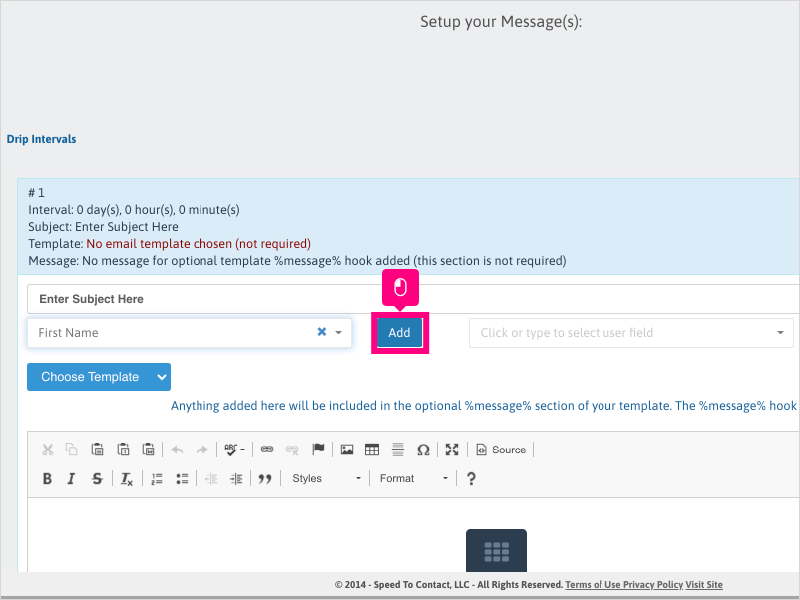
33. The field name will be added where you had your cursor within the Subject Line area. Do not edit this field name.
This unique coding will pull the data in from the lead record.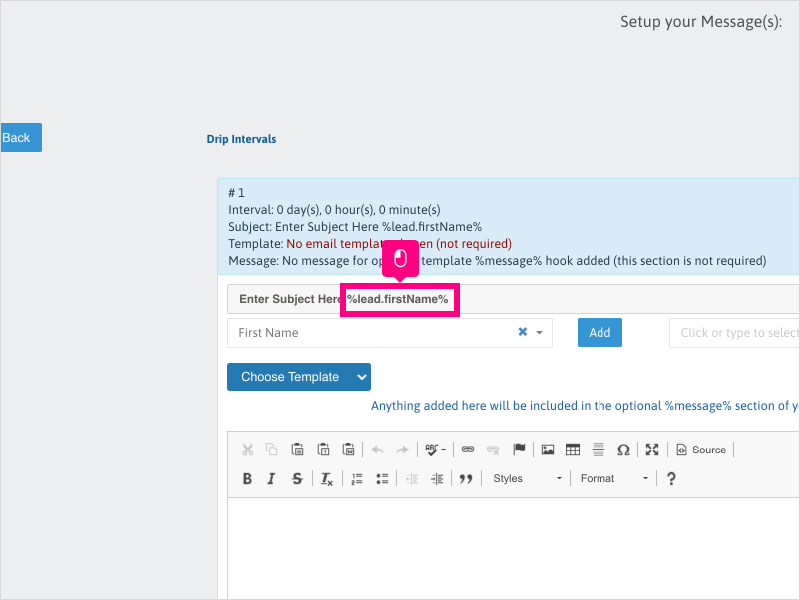
34. If you have a template created and wish to use it for the campaign, click the dropdown Choose Template and select your template you want to apply to the message.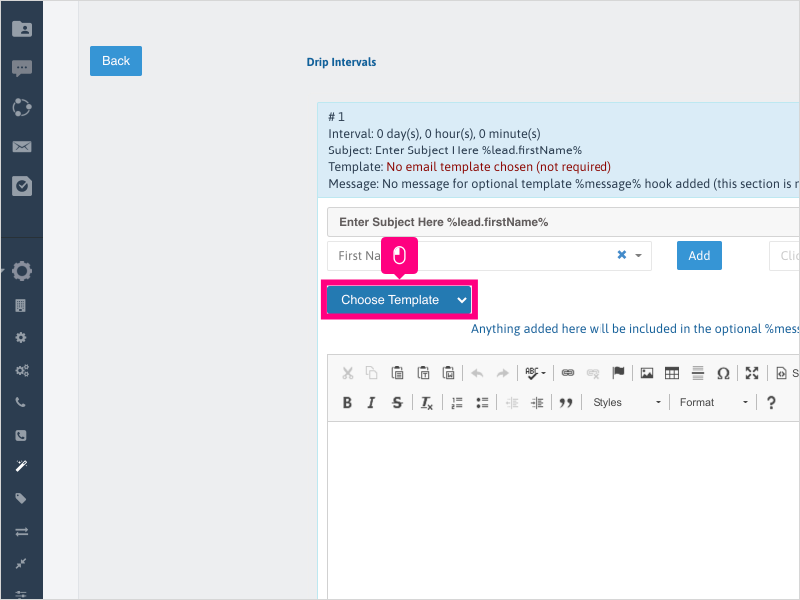
35. If you have a section in your template for the Message Hook, you can click into the message area and type in your message.
Conversely, you can also use this message area to type your email message if you're not using a template.
36. Scroll down and click the up/down arrow for Days/Hours/Minutes to schedule your Email Message drip interval.
Leave blank to set the email campaign to send immediately when the campaign is triggered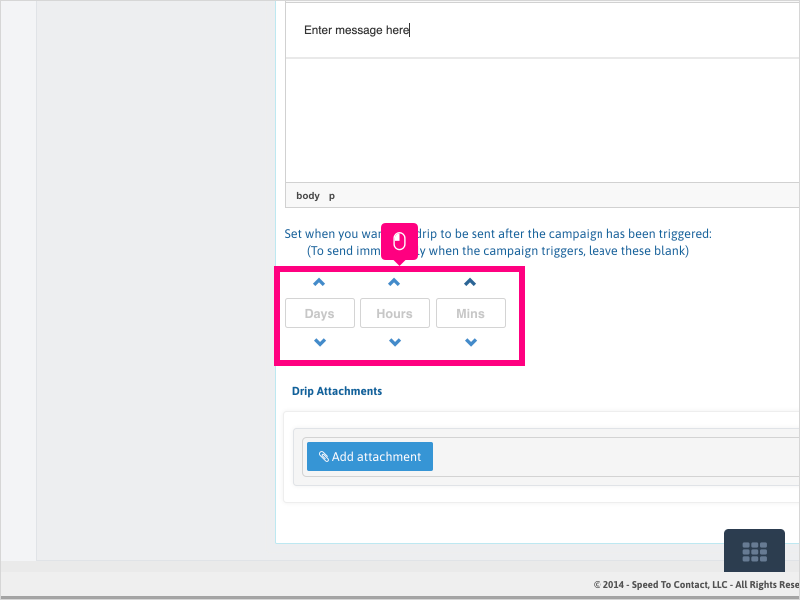
37. If you have attachments to add, you can add them by clicking on Add Attachment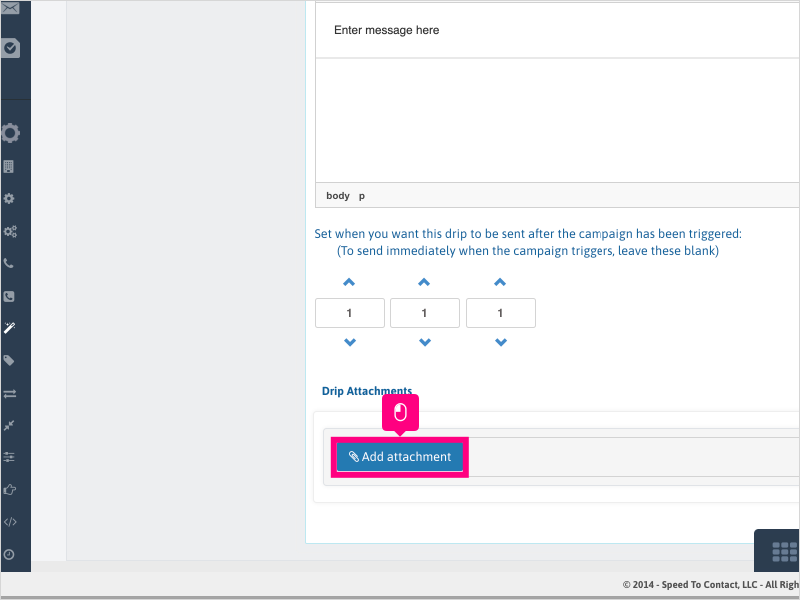
38. Click Select File and add your attachment to the email message.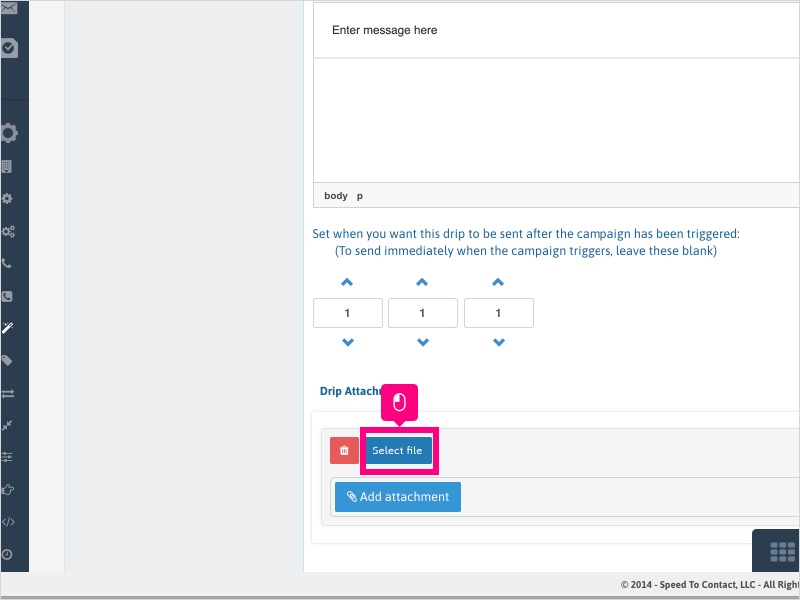
39. You can add more Drip Emails to your campaign by repeating steps 29 through 38.
Once completed, click Next to review your campaign setup.
40. If you have your SMTP settings configured correctly, and the campaign is set to use a Message Sender / SMTP, you can test sending the email campaign to an email address.
Click into the "Send test email" area and enter an email address to send a test.
41. Click the send button to send the test email.
42. Scroll down and click inside the Name Of Campaign area and type the name of the campaign.
43. Click Save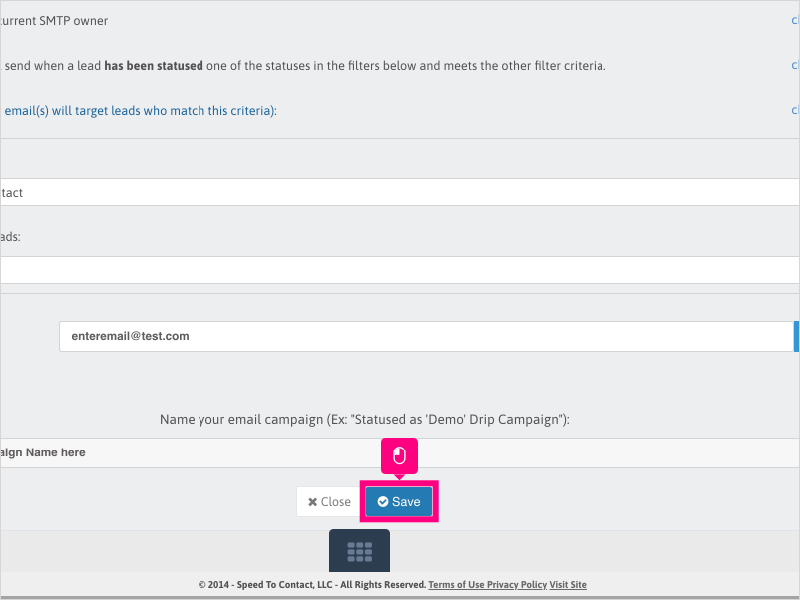
44. The email campaign will be inactive by default after creation.
To check and enable the campaign, click the Emails tab.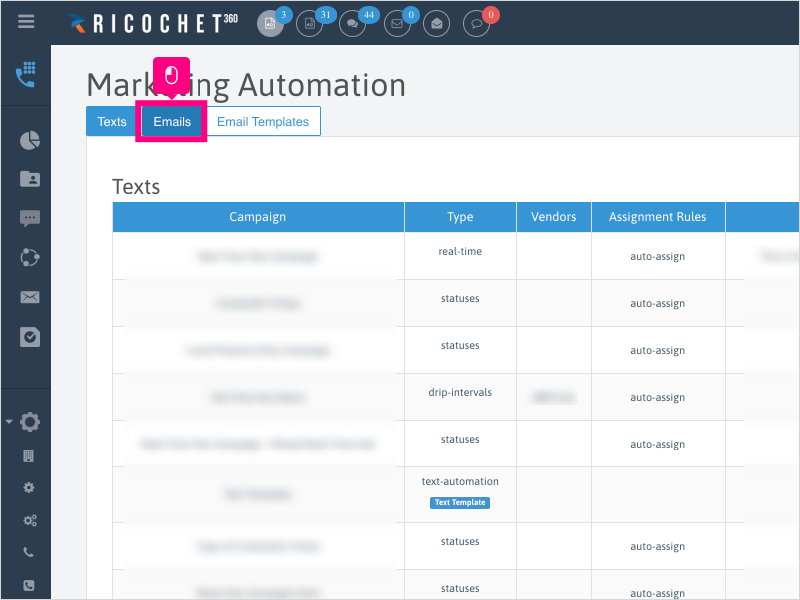
45. Scroll to the campaign you just created and click the gray/white icon to make the campaign active.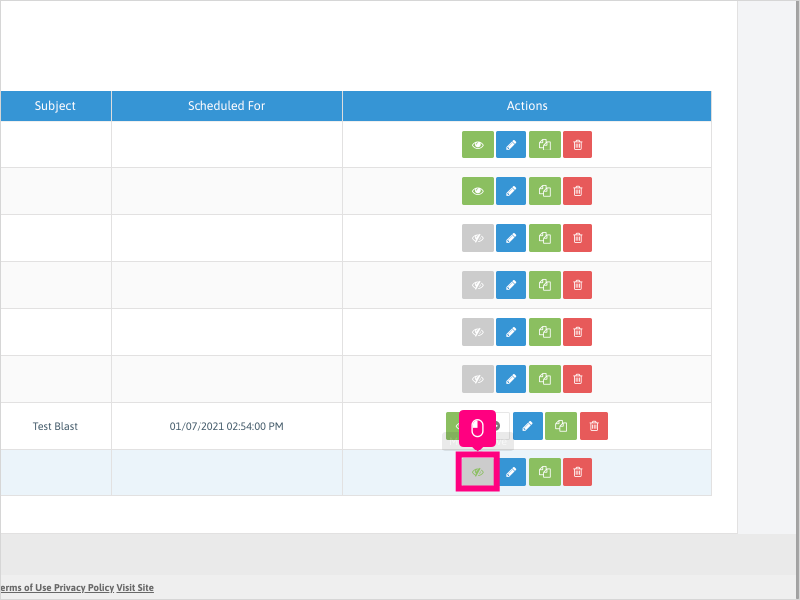
46. Click Ok to confirm making the email campaign active.
Applicable User Seat Types
Admin
Galaxy
Applicable Permissions
Administrator
Did this Solution Article help you?
If you need to submit a support ticket, Admins and Agents: Return to your Ricochet platform and proceed to file a ticket using the Help -> Get Support action to open the Help widget.
If you have access to Ricochet's Ahoy Management Portal - click anywhere in this message to open the Ahoy Management Portal and the Support Widget.
If you are utilizing the Ahoy platform for ticket submission, for fastest results, please log into Ahoy so we can gather all the necessary information from your Ricochet account during the Ticket Submission process.
Did you find it helpful?
Yes
No
Send feedback Sorry we couldn't be helpful. Help us improve this article with your feedback.














































